
Smarter email, faster business.
Auto-tag, parse, and respond to RFQs, quotes, orders, and more — instantly.
Trending
Categories
Aviation News. Powered by AI.
Verified by ePlane AI
AI fact-checks every story before it goes live.
Latest News
Trending News
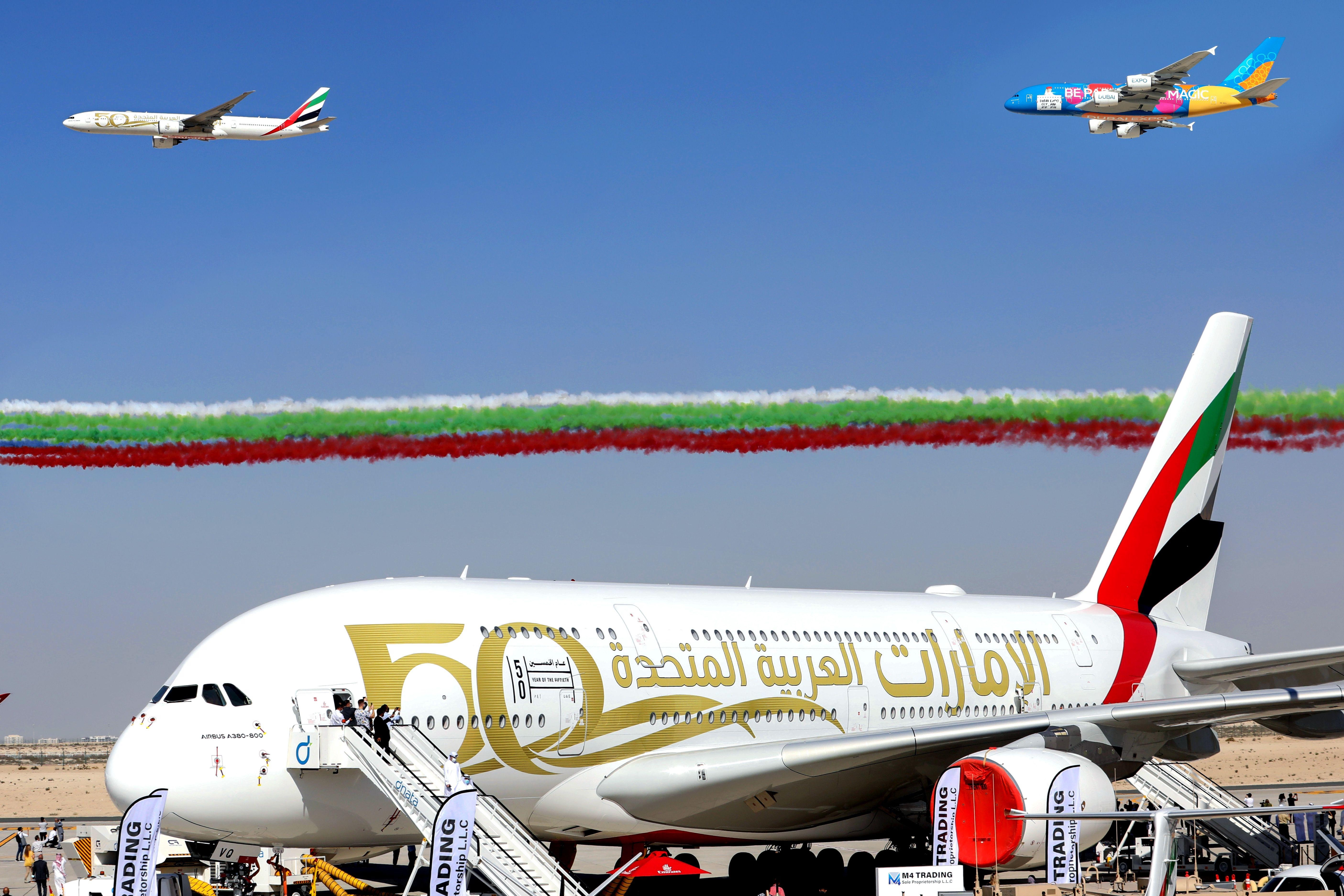
How the Boeing 777-300ER Compares to the Airbus A380 in Size
How the Boeing 777-300ER Compares to the Airbus A380 in Size
When discussing the largest commercial aircraft in operation today, the Boeing 777-300ER and the Airbus A380 are the two dominant models. Each represents a significant achievement in aerospace engineering but caters to different operational needs and market demands. Their differences in size, passenger capacity, and intended use highlight the distinct roles they play within global aviation.
Size and Capacity: A Detailed Comparison
The Airbus A380 holds the distinction of being the largest passenger airliner ever constructed. Its unique double-deck design enables it to accommodate up to 853 passengers in an all-economy configuration, or approximately 575 passengers in a more typical three-class layout. By contrast, the Boeing 777-300ER, the largest variant within the 777 family, can seat a maximum of 550 passengers in a high-density arrangement, though it more commonly carries around 396 passengers in a three-class configuration.
Physically, the A380 exceeds the 777-300ER in nearly every dimension except length. The 777-300ER measures 242 feet 4 inches (73.9 meters) in length, slightly longer than the A380’s 238 feet 7 inches (72.7 meters). However, the A380’s wingspan extends to 261 feet 8 inches (79.8 meters), significantly wider than the 777-300ER’s 212 feet 7 inches (64.8 meters). The A380 also stands taller at 79 feet (24.1 meters), compared to the 777-300ER’s height of 61 feet (18.5 meters). In terms of maximum takeoff weight, the A380’s 1,234,600 pounds (560,000 kilograms) far surpasses the 777-300ER’s 775,000 pounds (351,534 kilograms). These dimensions underscore the A380’s dominance in size and capacity, despite the 777-300ER’s advantage in length.
Operational Roles and Market Positioning
The Boeing 777-300ER was engineered to serve long-haul routes with a focus on operational efficiency and flexibility. Its twin-engine design allows it to operate from a broader range of airports, including those unable to accommodate the larger A380. This versatility, combined with lower operating costs and a moderate passenger capacity, makes the 777-300ER a preferred choice for airlines seeking to balance capacity with economic performance.
Conversely, the Airbus A380 was developed to maximize passenger volume on high-density international routes, primarily connecting major global hubs. Its immense size necessitates specialized airport infrastructure, limiting the number of airports capable of handling the aircraft. Nevertheless, the A380 remains a favored option for carriers aiming to transport large numbers of passengers efficiently on heavily trafficked routes.
Industry Response and Future Developments
The market’s response to these aircraft reflects their strategic roles within the aviation sector. Emirates, the largest operator of the A380, continues to invest in the superjumbo, with plans to upgrade its first-class suites and extend the aircraft’s operational lifespan through 2040. The airline has also expressed interest in Boeing’s developments, including visits to Boeing’s assembly facilities to monitor progress.
Meanwhile, other airlines are reassessing their fleet compositions. Kenya Airways, for example, is considering reintroducing the 777-300ER alongside exploring the Boeing 737 MAX, demonstrating the ongoing relevance of the 777 family. In response to Boeing’s advancements, Airbus is developing a stretched version of its A350 to compete directly with the forthcoming Boeing 777-9, highlighting the competitive dynamics shaping the large aircraft market.
Conclusion
While the Airbus A380 remains the world’s largest passenger aircraft by nearly every measure except length, the Boeing 777-300ER continues to hold a vital position in commercial aviation due to its versatility and efficiency. Both aircraft exemplify the evolving demands of the industry and maintain prominent roles in the global air travel landscape.
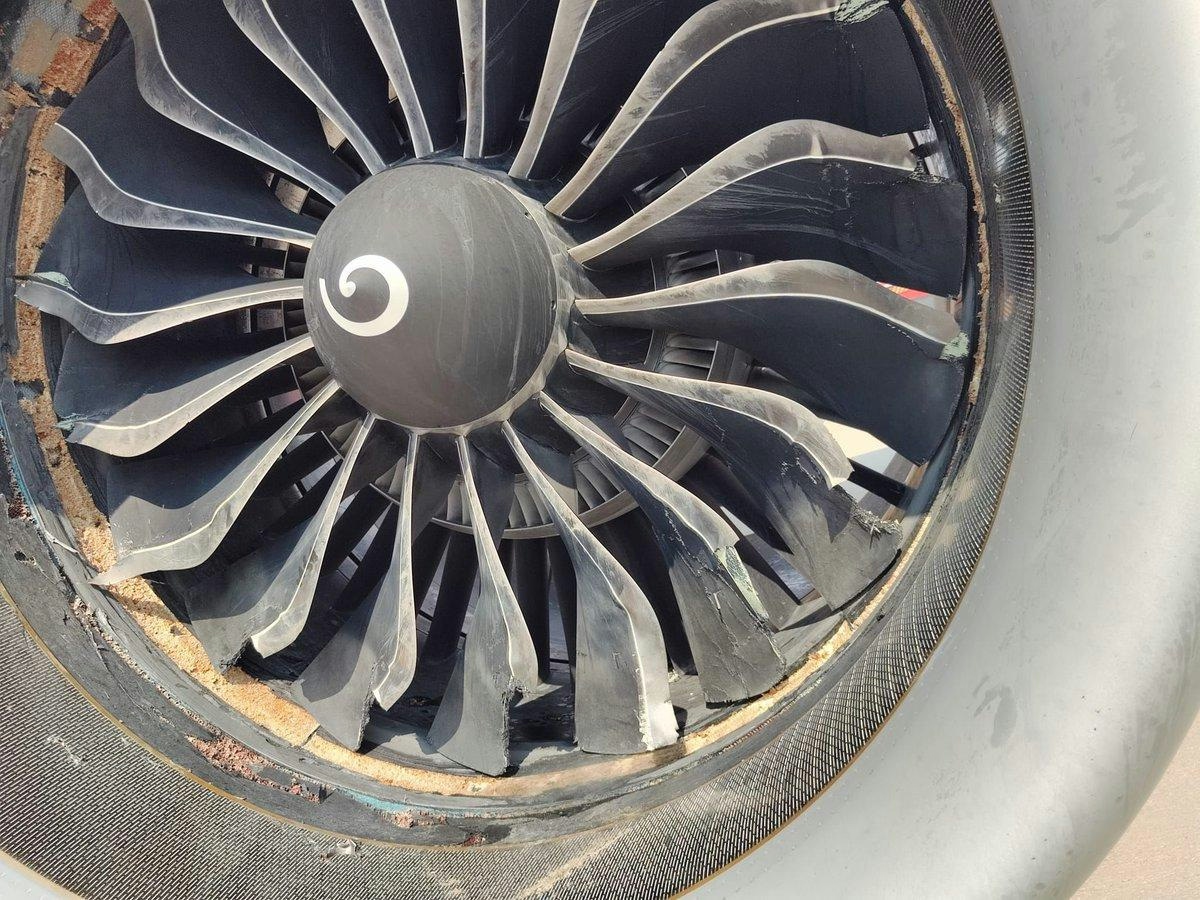
Iberia A321XLR Sustains Engine Damage from Bird Strike, Returns to Madrid
Iberia A321XLR Returns to Madrid Following Bird Strike-Induced Engine Damage
An Iberia Airbus A321XLR, registered EC-OOJ and recently introduced into commercial service, was compelled to return to Madrid-Barajas Airport (MAD) on Sunday, August 3, after sustaining damage from a bird strike shortly after takeoff. Operating flight IB579 to Paris-Orly (ORY), the aircraft experienced visible damage to its nose and left engine, prompting an emergency diversion and safe landing approximately 20 minutes after departure. Fortunately, all passengers and crew remained unharmed.
Details of the Incident
The bird strike occurred during the aircraft’s initial climb phase when a bird collided with the radome—the nose cone housing the weather radar—and was subsequently ingested by the left CFM International LEAP-1A engine. In response, the flight crew followed established safety protocols by halting the climb, declaring an emergency, and returning to Madrid. Photographs shared on social media revealed significant damage to the nose, exposing radar components, alongside multiple damaged fan blades within the left engine.
Bird strikes represent a persistent hazard in aviation, particularly during takeoff and landing when aircraft operate at lower altitudes with increased bird activity. Although commercial aircraft and engines are engineered and certified to withstand such impacts to a degree, any indication of engine damage necessitates an immediate return for thorough technical inspection. Airports implement wildlife control measures to mitigate these risks, yet collisions remain an unavoidable challenge. Jet engines undergo stringent bird ingestion testing to ensure they can be safely shut down without compromising the aircraft’s structural integrity.
Context and Industry Implications
The affected aircraft is among the newest in Iberia’s fleet and one of the first A321XLRs deployed in commercial service globally. Iberia, as the global launch customer for the A321XLR, received its first unit in late 2024. This model is distinguished by its ability to operate long-haul flights with a single-aisle design, offering enhanced efficiency for transatlantic routes.
This incident arrives amid increased scrutiny of the A321XLR program. Operational disruptions and maintenance challenges stemming from such events have raised concerns regarding the aircraft’s reliability and safety. Market reactions have been evident, with carriers such as Wizz Air recently scaling back their A321XLR orders and limiting future operations to the UK market, reflecting a more cautious industry approach. The event also recalls previous incidents, including the Jeju Air crash, where pilots mistakenly shut down the wrong engine following a bird strike, highlighting ongoing challenges in bird strike management and engine reliability.
As investigations proceed, Iberia and other operators of the A321XLR may encounter heightened regulatory oversight and operational adjustments aimed at addressing these issues. The aviation sector continues to navigate the balance between technological innovation and the management of enduring risks such as bird strikes.
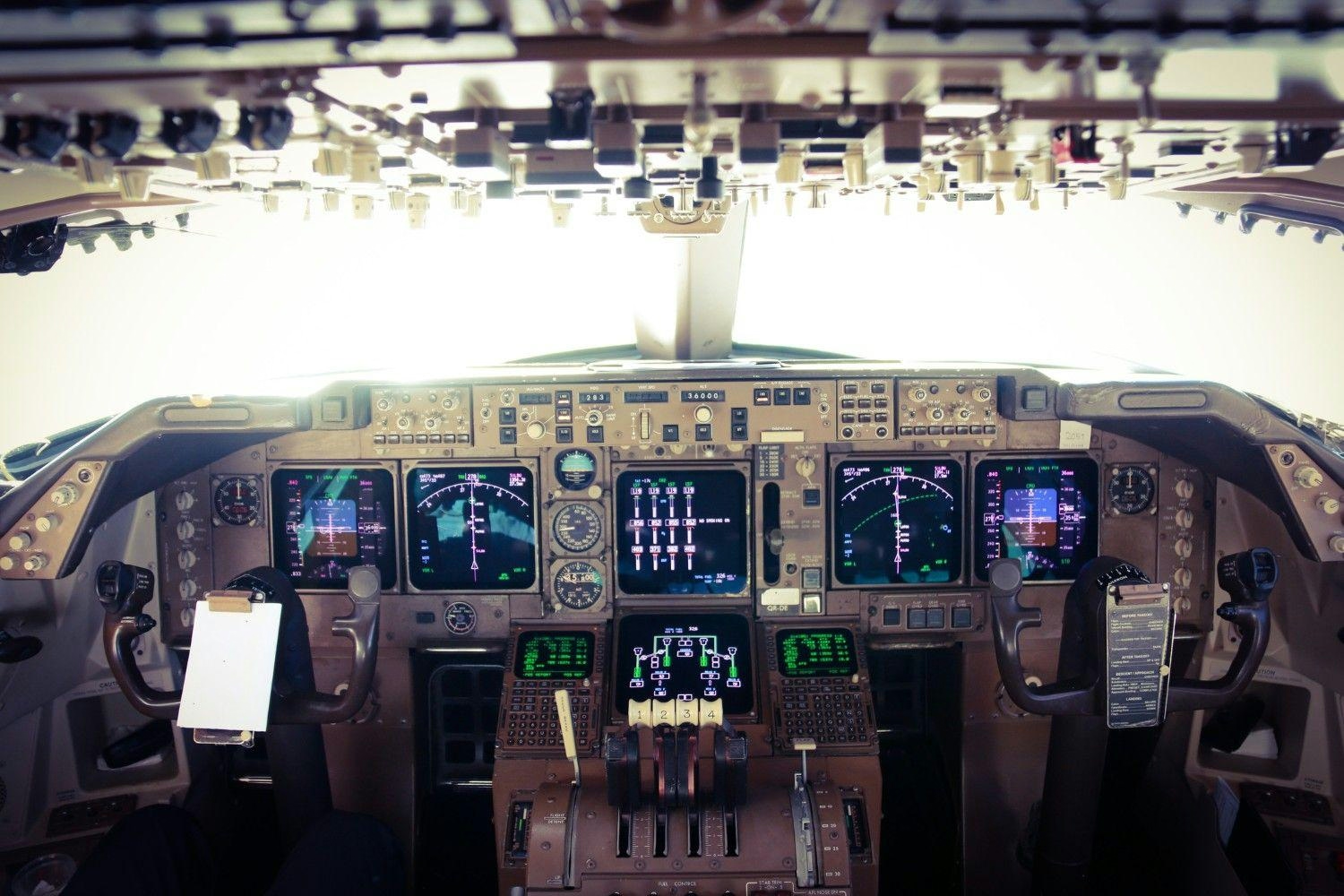
Air India Engine Shutdown: Pilots’ Body Explains FADEC Fuel Cut-Off Theory
Air India Engine Shutdown: Pilots’ Body Highlights FADEC Fuel Cut-Off Theory
Emerging Theories on Engine Failure
The Aircraft Accident Investigation Bureau (AAIB) has suggested that a possible fuel switch error may have caused the catastrophic engine failure on Air India Flight 171. However, new perspectives are focusing on the aircraft’s advanced electronic systems, particularly the Full Authority Digital Engine Control (FADEC), as a potential factor in the incident. Preliminary reports indicate that the crash was initiated by the sudden movement of fuel-control switches to the "cut-off" position, which resulted in both engines being starved of fuel. Cockpit voice recordings reveal that the captain may have cut the fuel flow while the first officer was at the controls. Despite these findings, the Federation of Indian Pilots (FIP) has urged caution against attributing blame to the crew based on early assumptions, emphasizing the need to consider all possible technical causes.
The Role of FADEC and Related Systems
At the heart of the latest theory is the FADEC system, often described as the "brain" of modern aircraft such as the Boeing 787. FADEC is responsible for monitoring and managing critical engine functions, including fuel flow and engine speed, and it has the capability to override pilot commands based on sensor inputs. This system operates in conjunction with the Electronic Engine Controller (EEC) and the Thrust Control Malfunction Accommodation (TCMA) systems. The FIP has raised concerns that a malfunction within these interconnected systems—potentially triggered by faulty sensor data—could have caused FADEC to shut down both engines without any manual input from the crew. This possibility challenges the initial narrative by suggesting that the engine failure may have led to an automatic movement of the fuel switches to the cut-off position, rather than a manual error by the pilots.
Expert Insights and Calls for Thorough Investigation
Aviation attorney Mary Schiavo, speaking to FinancialExpress.com, underscored concerns regarding the TCMA system, which informs FADEC whether the aircraft is on the ground or airborne. She referenced previous incidents, including a 2019 All Nippon Airways (ANA) Boeing 787 flight where FADEC triggered a dual engine shutdown due to erroneous sensor input. Schiavo also mentioned an ongoing investigation into a 2025 United Airlines 787 incident involving uncommanded dives, believed to be linked to software or computer malfunctions. In light of these concerns, the FIP has called for a comprehensive reassessment of the roles played by FADEC, EEC, and TCMA malfunctions in the Air India crash. The pilots’ association is urging investigators to meticulously analyze data from the Flight Data Recorder (FDR), Cockpit Voice Recorder (CVR), and relevant Boeing service bulletins before reaching any conclusions.
In response to the preliminary findings, India’s aviation regulator has mandated inspections of Boeing fuel switches across airline fleets. Meanwhile, families of the victims continue to seek detailed answers as the investigation unfolds. The FIP stresses the importance of a thorough and impartial inquiry, cautioning against premature judgments regarding crew actions until all technical possibilities have been fully examined.
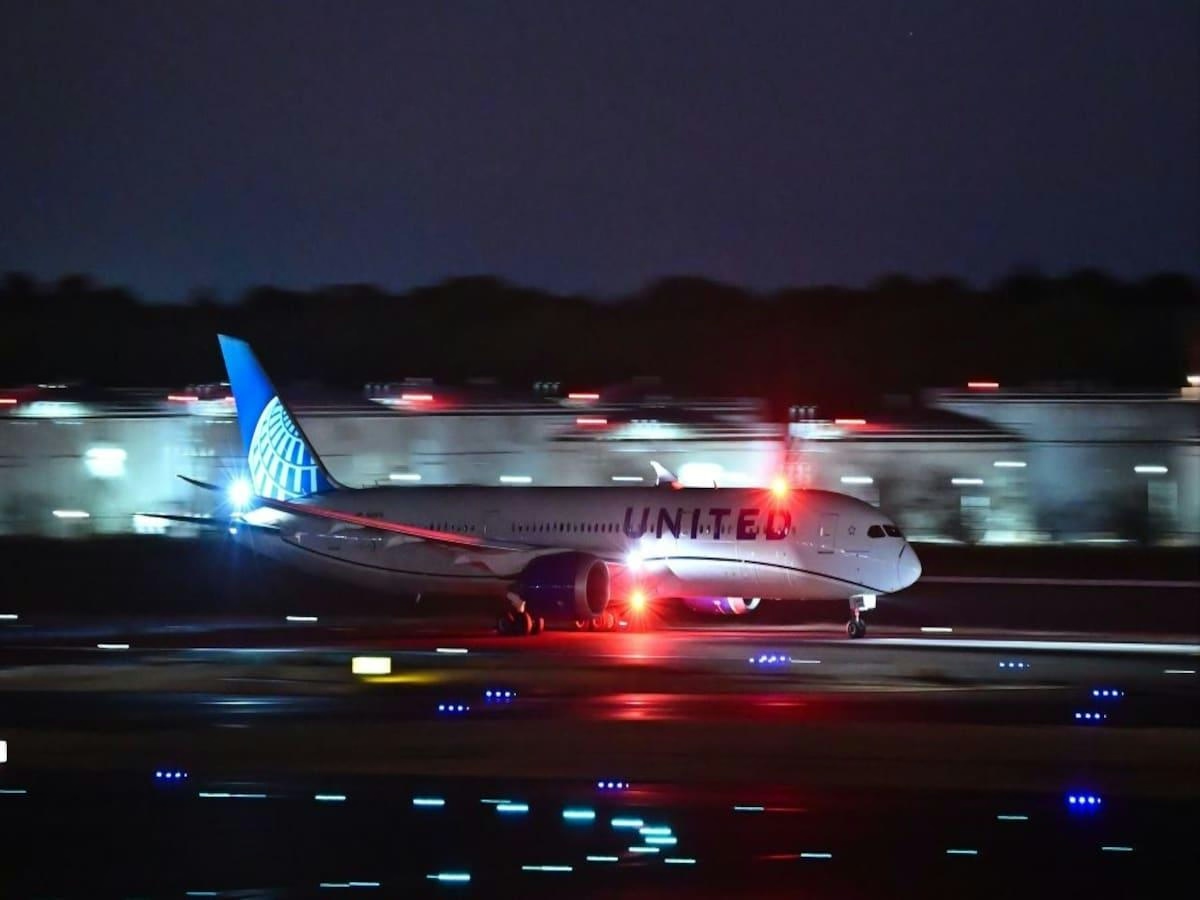
Pilot Declares Mayday After Engine Failure Shortly After Takeoff
Pilot Declares Mayday Following Engine Failure Shortly After Takeoff
On July 25, United Airlines Flight 108 experienced a critical emergency when the pilot declared a mayday due to an engine failure just minutes after departing Washington Dulles International Airport. The Boeing 787-8 Dreamliner, carrying 219 passengers and 11 crew members, had taken off shortly before 6 p.m. en route to Munich, Germany, on what was planned as an eight-hour transatlantic flight.
Emergency Response and Flight Maneuvers
As the aircraft ascended to approximately 10,000 feet, the flight crew reported a failure of the left engine, urgently communicating with air traffic control: “Failure, engine failure, left engine. Declaring an emergency. Mayday, mayday, mayday.” In response, controllers directed the plane to turn northeast and prepare for a return to Dulles. However, the aircraft’s fuel tanks were fully loaded for the long-haul journey, rendering it too heavy for an immediate landing. The pilots requested additional time and clearance to circle the area and safely reduce weight by dumping fuel.
After approximately 30 minutes in the air, the crew initiated a controlled descent and successfully landed the aircraft back at Washington Dulles. All passengers and crew disembarked without injury. United Airlines subsequently described the incident as a “mechanical issue,” though it did not provide further specifics.
Implications for Airline Safety and Industry Response
This incident underscores the persistent challenges airlines face in ensuring mechanical reliability and safeguarding passenger safety. Industry analysts suggest that United Airlines may encounter heightened scrutiny regarding its safety protocols, potentially affecting passenger confidence and the airline’s market reputation. Competitors might respond by highlighting their own safety standards or issuing public statements to reassure travelers.
The event on July 25 highlights the critical importance of rigorous emergency procedures and transparent communication in maintaining public trust in air travel. As investigations proceed, both United Airlines and the wider aviation sector are expected to review and strengthen safety measures to address concerns raised by this and similar emergencies.
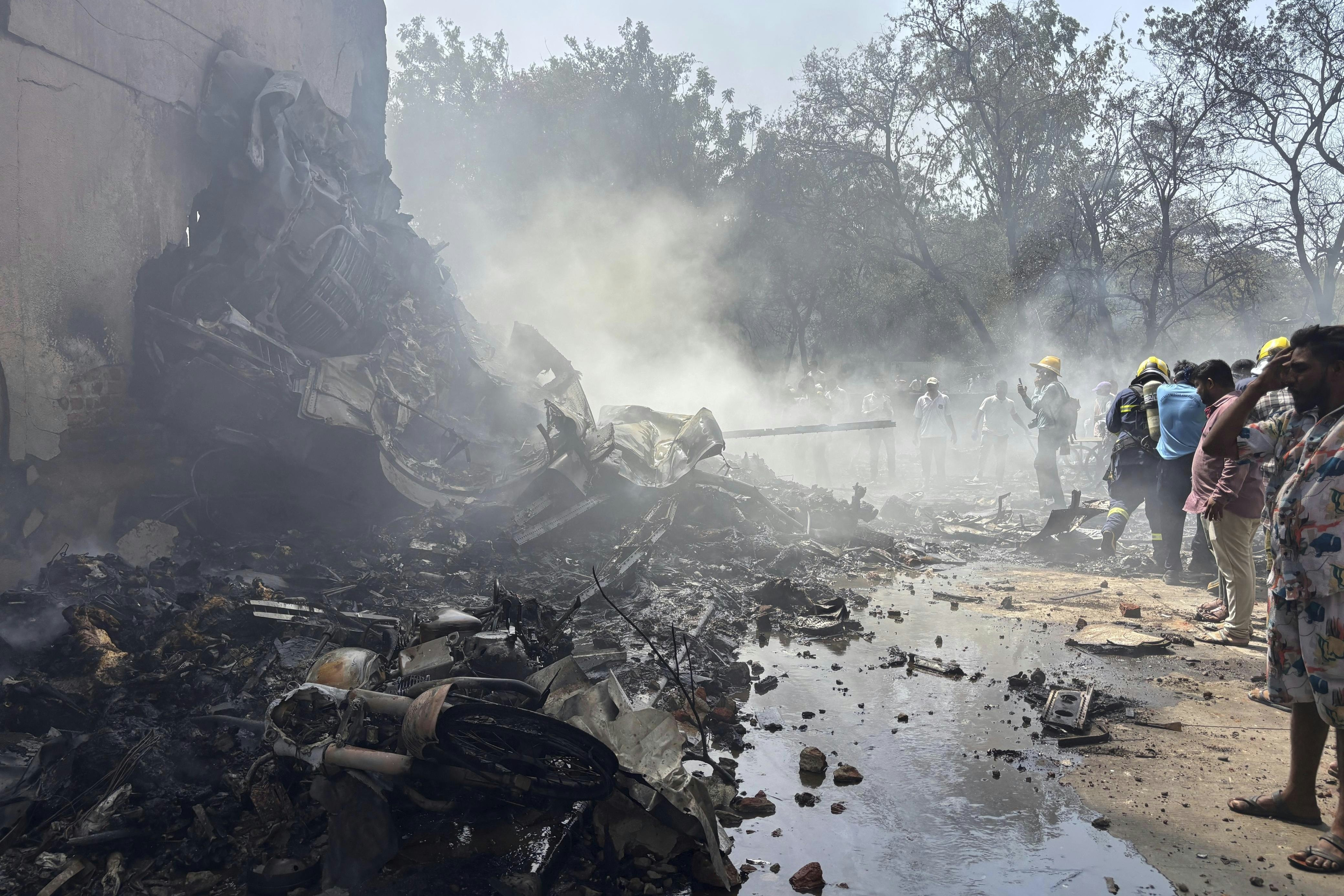
Investigation into the Crash of Flight AI 171
Investigation into the Crash of Flight AI 171
The investigation into the crash of Air India Flight 171 has generated significant controversy, leaving both aviation experts and the public with unresolved questions. The official report issued by the Aircraft Accident Investigation Bureau (AAIB) appears to deflect critical scrutiny by concentrating predominantly on the role of the Fuel Control Switches (FCS). This focus frames the switches as either a site of pilot error or mechanical malfunction, a narrative that implicitly directs suspicion—and potentially blame—toward the flight crew.
Ambiguities in the Official Report
The AAIB report selectively quotes cockpit voice recordings, which suggest confusion and miscommunication during the flight. However, these excerpts remain vague and insinuate pilot fault without explicitly stating it. More notably, the report offers only a cursory examination of the Full Authority Digital Engine Control (FADEC) system, a crucial component in modern jet engines. FADEC functions as the digital control center capable of managing engine performance and can initiate a dual engine shutdown if it malfunctions or misinterprets sensor data. Given that both engines failed within three seconds of takeoff, coinciding with the FCS allegedly moving to cutoff, a thorough forensic analysis of FADEC’s involvement would be expected. Instead, the report largely overlooks this critical aspect.
This omission is particularly troubling in the context of recent industry developments. The U.S. Federal Aviation Administration and Boeing have reaffirmed the safety of fuel cutoff switch locks amid ongoing investigations. These reassurances come at a time when stakeholders, insurers, and competing airlines are intensifying their scrutiny of safety protocols in response to the incident.
Questions Surrounding Data Integrity and Investigative Rigor
The AAIB report also raises concerns due to factual inconsistencies. It asserts that despite the aft Enhanced Airborne Flight Recorder (EAFR) being completely destroyed and the forward EAFR damaged, data was successfully retrieved via the so-called Golden Chassis. If the investigation’s conclusions rely on this data, the presence of numerous inaccuracies calls into question the reliability of the findings. There is even speculation that the EAFR data itself may have been compromised. In an era where artificial intelligence can convincingly replicate voices, the integrity of cockpit voice recordings must be beyond reproach to maintain confidence in the investigation.
From the perspective of experienced pilots, the narrative presented by the AAIB does not align with operational realities. It remains highly questionable whether the Fuel Control Switches were deliberately moved to cutoff or if the engines failed independently. The report’s omissions—most notably the absence of altitude data, comprehensive engine telemetry, and a full transcript of pilot communications—further fuel suspicions that the investigation may prioritize damage control over uncovering the truth.
The lack of altitude traces during the critical climb phase is especially alarming. Altitude data is fundamental in any commercial aircraft accident investigation, and its absence raises serious concerns about either the suppression of evidence or insufficient investigative rigor. Additionally, inconsistencies in the reporting of landing gear status complicate the overall picture, as standard operating procedures require gear retraction within seconds of takeoff.
As the investigation proceeds, the aviation community and the public await a more transparent and comprehensive account—one that addresses not only the actions of the flight crew but also the potential for systemic or technological failures. Until such clarity is provided, the distress and uncertainty among flight crews and stakeholders remain unresolved.
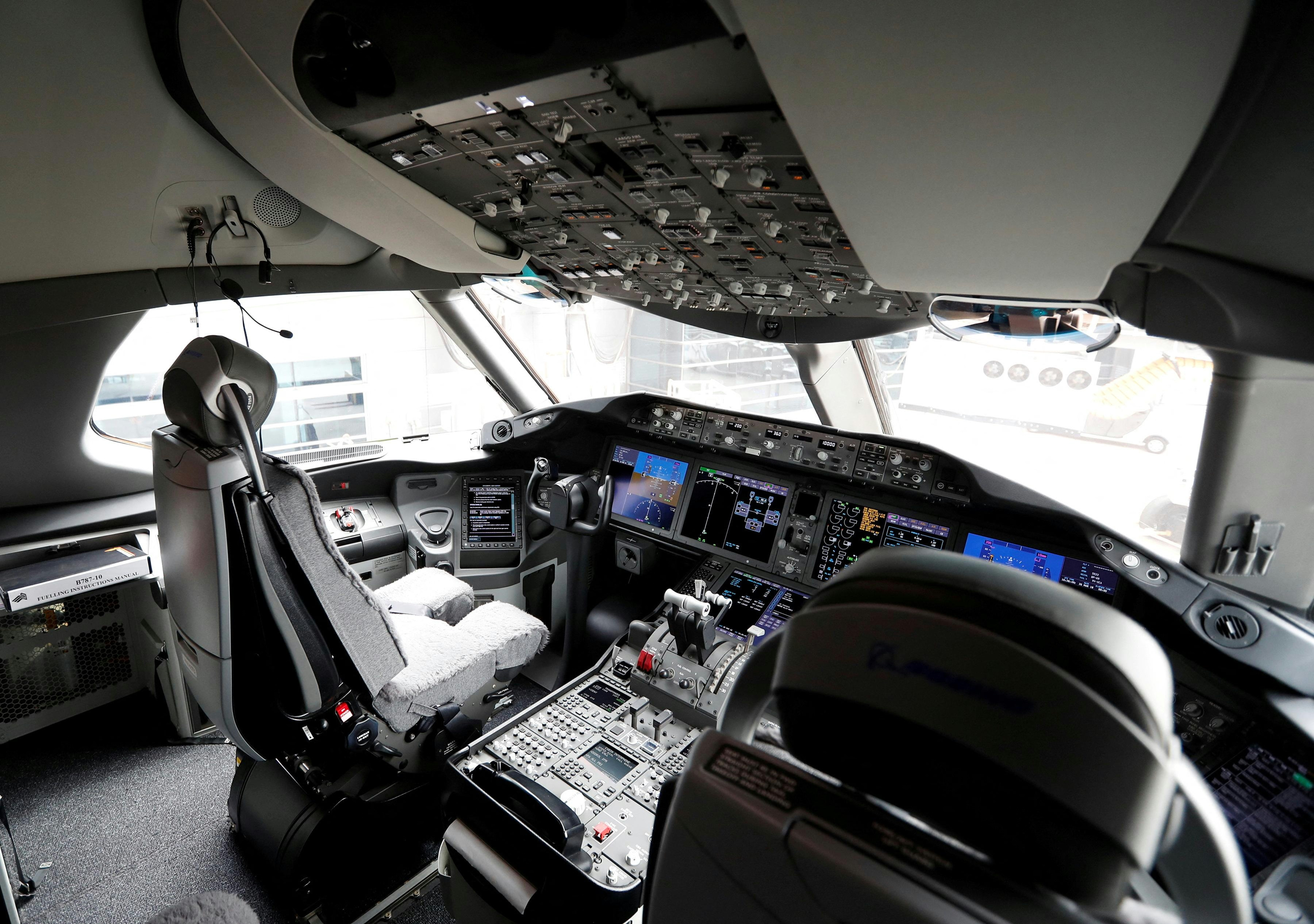
US Expert: Boeing 787 Experienced Fuel Switch Cut-Off in 2019; Japanese Pilots Did Not Intervene
US Expert Highlights Fuel Switch Cut-Off in 2019 Boeing 787 Incident; Japanese Pilots Did Not Intervene
A preliminary investigation into the Air India AI 171 crash in Ahmedabad has renewed focus on the Boeing 787’s fuel switch system. India’s Aircraft Accident Investigation Bureau (AAIB) reported that the fuel switch had shifted from the “Run” to the “Cutoff” position prior to the crash. The 15-page report, released this week, included a paraphrased exchange between Captain Sumeet Sabharwal and First Officer Clive Kunder, in which one pilot questioned the other about cutting off the fuel supply. Both pilots denied any deliberate action to do so. Shortly thereafter, a Mayday call was issued, and the aircraft crashed into a hostel for medical students, resulting in the deaths of all on board.
The AAIB report does not clarify how or why the fuel switch moved to the “Cutoff” position, leaving open the possibility of either pilot error or mechanical malfunction. To provide further insight, FinancialExpress.com consulted Mary Schiavo, a US aviation expert, who dismissed theories of intentional pilot intervention. Schiavo emphasized the absence of evidence supporting deliberate action and called for the full release of cockpit voice recorder (CVR) transcripts to avoid misinterpretation. She stated, “There is nothing here to suggest pilot suicide or murder.”
Parallels with 2019 ANA Boeing 787 Incident
Schiavo also referenced a similar event in 2019 involving an All Nippon Airways (ANA) Boeing 787. During final approach from Tokyo to Osaka, both engines failed after the aircraft’s software erroneously detected that it was on the ground. This triggered the Thrust Control Malfunction Accommodation System, which cut fuel to the engines. According to Schiavo, the pilots did not engage the fuel cutoff switches. The malfunction was ultimately traced to a software glitch rather than human error. The ANA flight, carrying 109 passengers and 9 crew members, landed safely without injuries.
Regulatory Response and Ongoing Investigations
The Air India crash has intensified scrutiny of Boeing’s fuel switch mechanisms. India’s civil aviation authority has ordered inspections of cockpit fuel switches on Boeing aircraft following the AAIB’s findings. Meanwhile, the US Federal Aviation Administration (FAA) and Boeing have maintained that the fuel switch locks are safe. However, investigations continue to explore whether the Ahmedabad crash resulted from pilot action or a technical fault.
Regulatory bodies worldwide are responding to these concerns. The UK Civil Aviation Authority (CAA) issued a warning just weeks before the crash, highlighting potential issues with fuel shutoff valves on several Boeing models, including the 737, 757, 767, 777, and 787. The fuel control switches, housed within the Throttle Control Module (TCM), had been replaced on the ill-fated AI 171 aircraft in both 2019 and 2023. Despite these replacements, questions remain regarding the reliability of the locking mechanism.
The heightened regulatory scrutiny and ongoing investigations have placed significant pressure on Boeing, with potential repercussions for its market position and investor confidence. As authorities continue to determine the root cause of the AI 171 crash, the aviation industry is preparing for possible safety reviews and further regulatory measures.
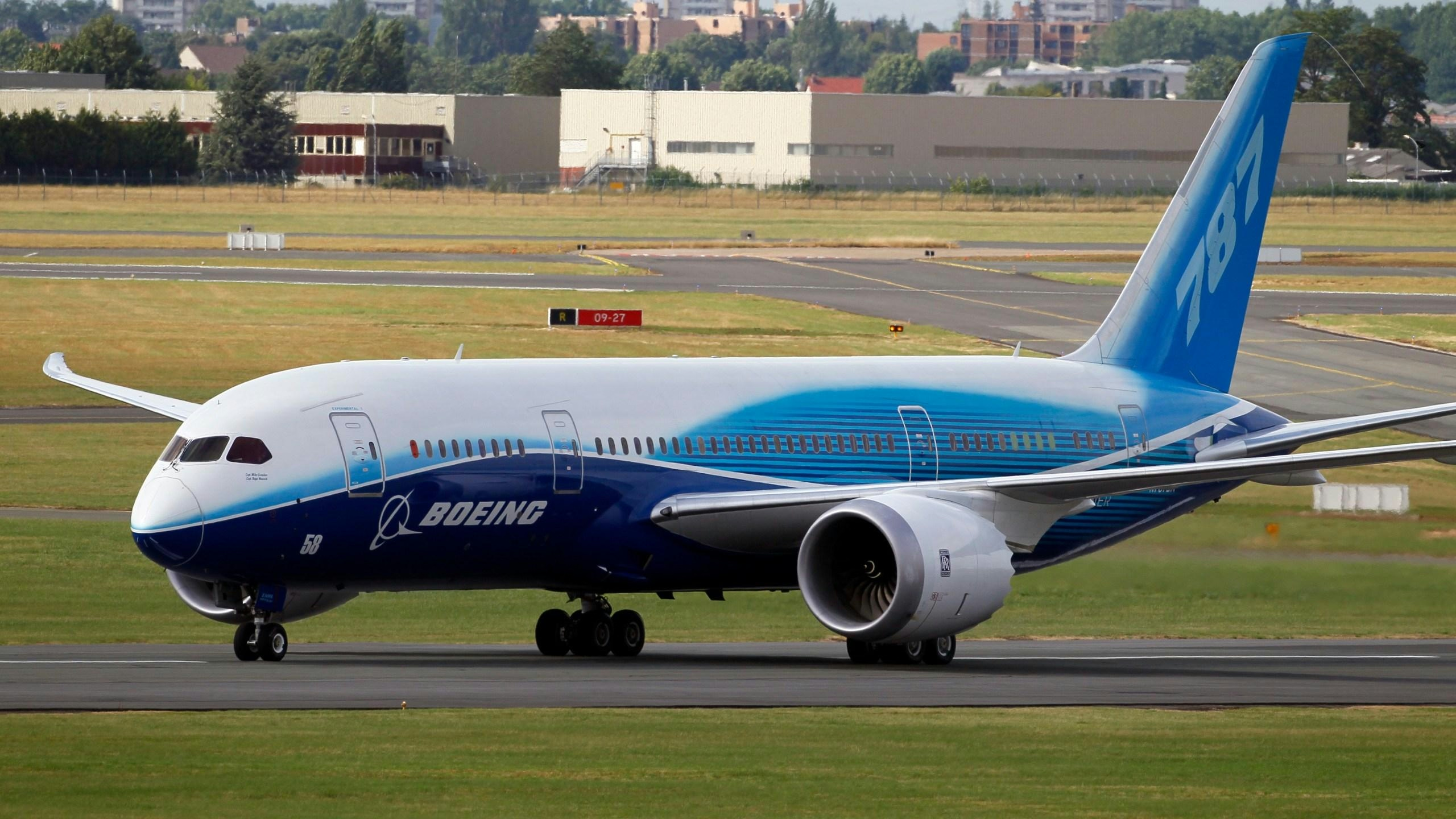
United Airlines 787-8 suffers engine failure over Washington, makes emergency landing
United Airlines 787-8 Experiences Engine Failure Over Washington, Executes Emergency Landing
A United Airlines Boeing 787-8 Dreamliner, operating as Flight UA108 en route to Munich, was compelled to make an emergency landing on July 25 following a left engine failure shortly after departing from Washington Dulles International Airport.
Incident and Emergency Response
The aircraft had ascended to approximately 5,000 feet when the left engine malfunctioned, prompting the flight crew to issue a MAYDAY distress call. Responding promptly, the pilots declared an emergency and coordinated closely with air traffic controllers to facilitate a safe return to the airport. The crew climbed to 6,000 feet and entered a holding pattern northwest of Washington, where they spent nearly two hours and forty minutes dumping fuel to reduce the aircraft’s weight in preparation for landing, according to FlightAware data.
Throughout the incident, air traffic controllers maintained continuous communication with the cockpit, providing precise guidance to ensure safe separation from other air traffic. After completing the fuel dump, the flight crew requested an Instrument Landing System (ILS) approach to Runway 19 Centre. The aircraft landed safely despite operating with a disabled left engine and was subsequently towed from the runway.
No injuries were reported among the passengers or crew. The aircraft remains grounded at Washington Dulles as investigations into the engine failure commence.
Investigation and Broader Context
United Airlines, in conjunction with aviation safety authorities, is expected to conduct a thorough examination of potential technical causes, including scrutiny of the aircraft’s fuel system. This focus has intensified following a recent incident involving an Air India Boeing 787-8, which experienced a severe engine problem shortly after takeoff from Ahmedabad, raising concerns about the reliability of Dreamliner engines.
The timing of these events has heightened attention on the Boeing 787-8 model. The National Transportation Safety Board (NTSB) is also reviewing related safety protocols, particularly in light of a recent report that identified air traffic control miscommunication as a factor in a near-miss incident at Reagan National Airport. These developments coincide with operational challenges faced by United Airlines, including a staff attendance crisis that has contributed to an increase in flight cancellations.
Market observers anticipate that competitors may intensify scrutiny of Boeing 787 models, potentially influencing consumer confidence in United Airlines. As the investigation unfolds, both United Airlines and Boeing confront renewed questions regarding aircraft safety and operational dependability.
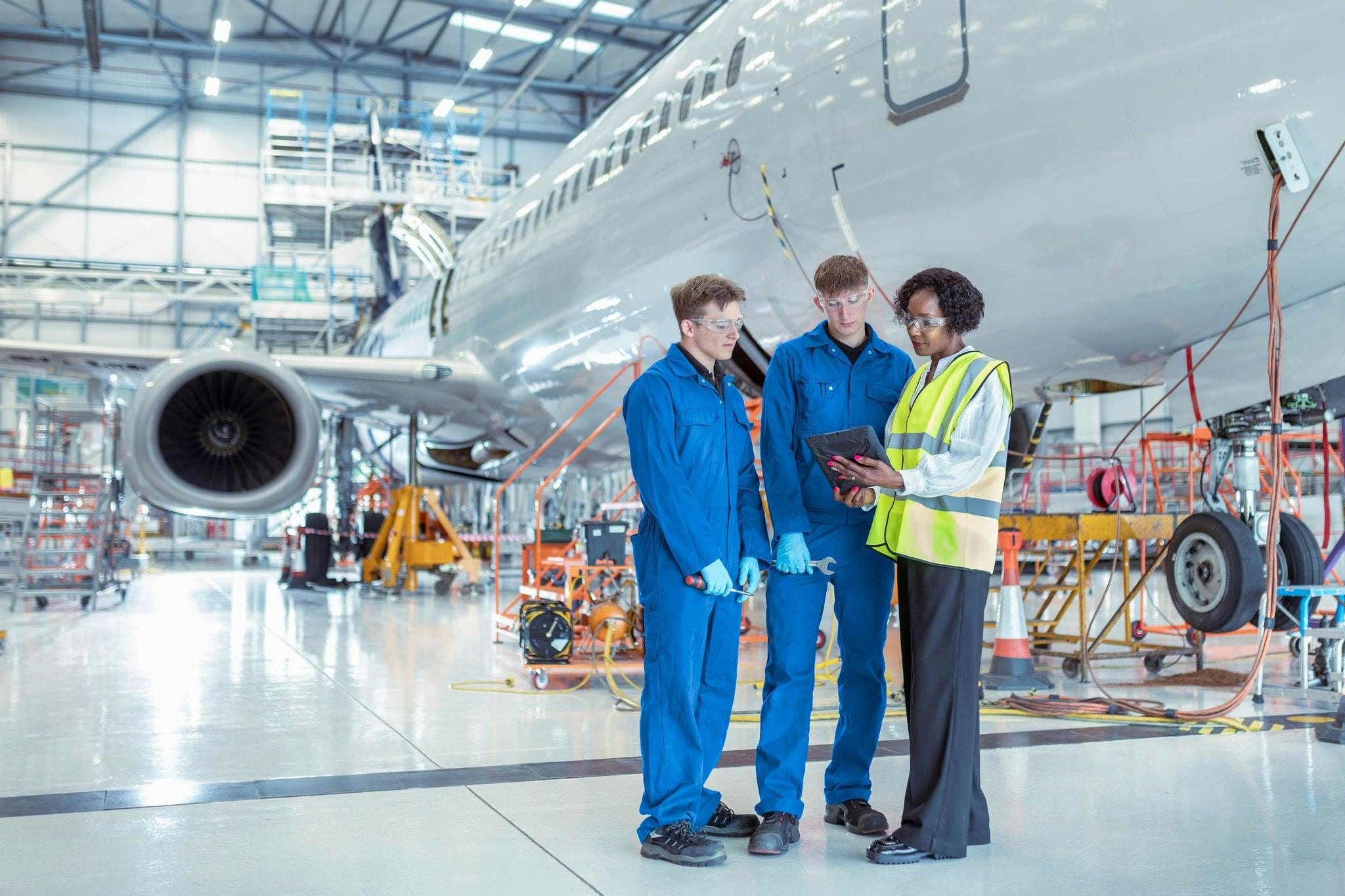
Airbus Engine Shortages Highlight Risks in Aerospace Supply Chains
Airbus Engine Shortages Highlight Risks in Aerospace Supply Chains
The aerospace industry, long regarded as a cornerstone of global technological advancement, is currently grappling with significant supply chain vulnerabilities. Airbus’s recent engine shortages, which have resulted in a backlog of 60 “gliders” — airframes awaiting engines — and a 20% decline in A320neo deliveries, reveal systemic weaknesses that extend beyond a single manufacturer. These disruptions are reverberating throughout the sector, exposing the fragility of global supply chains, intensifying competitive pressures, and accelerating calls for digital transformation.
Engine Bottlenecks and Systemic Challenges
The production delays at Airbus are the outcome of a complex interplay of factors affecting key engine suppliers, notably CFM International—a joint venture between GE and Rolls-Royce—and Pratt & Whitney. Both have faced labor strikes, regulatory obstacles, and bottlenecks inherent in just-in-time manufacturing processes. By July 2025, the number of unfinished Airbus airframes had doubled, compelling the company to absorb approximately €1 billion in inventory costs. This situation reflects a broader industry trend: according to the Roland Berger 2025 report, 70% of aerospace firms now identify supply chain resilience as their foremost concern.
Compounding these challenges are global shipping disruptions. The cost of shipping from China to Europe has increased fivefold, driven by rerouting around the Red Sea and drought conditions in Central America. These factors have exacerbated material shortages and further delayed production timelines. The difficulties faced by the A350 program and the postponed integration of Spirit AeroSystems’ wing production underscore how interconnected vulnerabilities can undermine even the most sophisticated manufacturing operations.
Industry-Wide Impact and Competitive Dynamics
The repercussions of these shortages extend well beyond Airbus’s immediate operations. The aerospace supply chain is a tightly interwoven network, with many tier-2 and tier-3 suppliers operating on minimal margins. Labor shortages, geopolitical tensions—such as ongoing U.S.-China trade disputes—and residual effects of the COVID-19 pandemic have created a volatile environment. Recent strikes at Pratt & Whitney, for instance, disrupted the delivery of GTF engines, triggering cascading delays across the production chain.
These disruptions have also contributed to market volatility, with affected companies experiencing fluctuating stock prices and diminished consumer confidence. In response, competitors are accelerating the development of alternative engines and enhancing collaboration to mitigate supply chain risks. This heightened competition is prompting manufacturers to reconsider sourcing strategies and invest in more resilient operational models.
Digital Transformation and Strategic Investment
In the face of these challenges, the aerospace industry is undergoing a rapid transformation. The Aviation Supply Chain Integrity Coalition, established in 2024, has drawn attention to the increasing threat posed by counterfeit parts, encouraging companies to adopt advanced technologies such as digital twins and blockchain-based tracking to verify component authenticity. This technological shift is reshaping investment priorities and risk management approaches.
Investors are concentrating on three principal areas. First, digital supply chain solutions are gaining prominence, with platforms from SAP and PTC—particularly PTC’s Windchill—enabling real-time tracking, predictive maintenance, and AI-driven inventory optimization. PTC’s collaboration with Boeing, for example, has reduced component lead times by 18%. Second, resilient manufacturing infrastructure is becoming a priority, with localized production and 3D printing technologies advancing rapidly. Companies like GE Additive and 3D Hubs report that aerospace now accounts for 40% of their revenue, while advanced air mobility infrastructure, led by firms such as Joby Aviation and Wisk Aero, is projected to evolve into a $2 trillion market by 2030. Third, supplier diversification through vertical integration and securing alternative sources is proving essential. Airbus’s delayed acquisition of Spirit AeroSystems has compelled the company to explore new sourcing strategies to maintain its competitive edge.
Navigating an Evolving Aerospace Landscape
The engine shortages confronting Airbus serve as a stark illustration of the aerospace sector’s vulnerability to global disruptions. As supply chain risk management becomes increasingly critical, aerospace companies and investors must adapt to a rapidly changing environment, balancing innovation with resilience to safeguard the industry’s future.
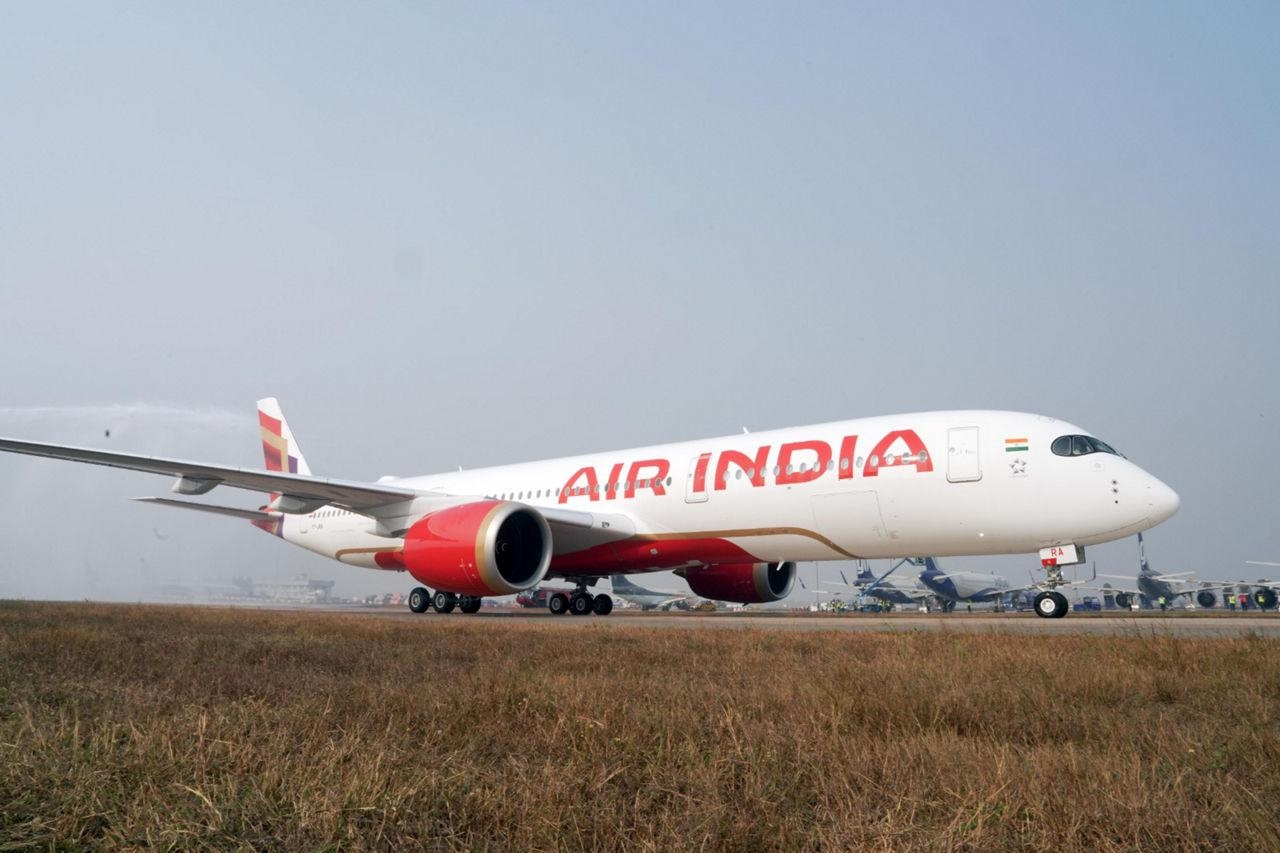
Air India Announces Delivery Schedule for A321neo, A350-1000, and 787-9 Aircraft
Air India Announces Delivery Schedule for A321neo, A350-1000, and 787-9 Aircraft
Major Fleet Modernization Underway
Air India Group, now under the ownership of the Tata Group, is advancing a landmark fleet renewal initiative that promises to transform its operational capabilities and competitive positioning within the Indian aviation sector. Central to this effort is an unprecedented order of 570 aircraft, among the largest in the history of commercial aviation. This extensive acquisition includes the latest models from Airbus and Boeing, notably the A321neo, A350-1000, 787-9 Dreamliner, and 777-9. These additions are expected to significantly expand Air India’s capacity and modernize its fleet.
Delivery Timeline and Deployment Plans
To date, the Air India Group—which comprises both Air India (AI) and Air India Express (IX)—has taken delivery of six Airbus A350-900s alongside more than 40 Boeing 737 MAX aircraft. The next phase of this fleet expansion is scheduled to commence in mid-2025, with the introduction of the first A321neo, A350-1000, and 787-9 Dreamliner aircraft. This phase represents a critical step in the airline’s strategy to increase capacity and enhance service offerings.
Air India Express will be the initial operator of the new A321neo, launching scheduled services from April 15, 2025. The inaugural routes will connect Delhi (DEL) with Bengaluru (BLR) and Srinagar (SXR), with subsequent expansions on April 20 to include Ayodhya (AYJ) and Jaipur (JAI). The A321neo will be configured with 180 economy seats and 12 business class seats, providing improved passenger options on key domestic routes. Currently, Air India operates two A321neos (registrations VT-RTC and VT-RTD) in a 192-seat dual-class layout.
Supply Chain Challenges and Operational Adjustments
Despite the progress, Air India continues to grapple with significant supply chain disruptions. CEO Campbell Wilson has acknowledged ongoing difficulties in procuring essential components such as engines, fuselages, and premium cabin seats. These challenges are expected to cause delivery delays from both Airbus and Boeing, potentially affecting the airline’s growth trajectory for the next four to five years. In response, Air India is extending the operational lifespan of older aircraft, which entails increased maintenance costs, and is facing obstacles in leasing additional planes due to global shortages. The airline is also exercising prudence regarding further Boeing orders amid manufacturing and regulatory constraints.
Widebody Fleet Expansion: A350-1000 and 787-9
The first A350-1000 destined for Air India is nearing completion at Airbus’s Toulouse facility and is anticipated to be delivered in 2026. Currently registered as F-WZFI, the aircraft will soon be re-registered under the VT-series for Indian operations. Concurrently, the initial Boeing 787-9 Dreamliners from the 2023 order are expected to arrive by the end of 2025. Three 787-9s are presently in production at Boeing’s Charleston, South Carolina plant, equipped with General Electric GEnx-1B engines.
Order Composition and Market Implications
Air India’s comprehensive 570-aircraft order includes 20 A350-900s, 20 A350-1000s, 140 A320neos, and 70 A321neos from Airbus, alongside 20 787-9 Dreamliners, 10 777X, and 190 737-8 MAX aircraft from Boeing. Additionally, a 2024 order comprises 10 more A350s and 90 A320 Family aircraft. This sweeping modernization is anticipated to provoke strategic responses from rival carriers, who may reassess their fleet plans in light of Air India’s expanded capacity. Industry analysts expect this development to intensify competition and elevate passenger service standards across the Indian aviation market.
Commitment to Sustainability and Efficiency
Air India’s investment in next-generation aircraft reflects a strong commitment to operational efficiency, passenger comfort, and environmental stewardship. The new A350 and 787-9 models offer substantial fuel savings and reduced emissions, aligning with global efforts to promote sustainable aviation. As these aircraft enter service from mid-2025 onward, Air India is positioned to lead the industry’s transition toward eco-friendly, high-capacity air travel.
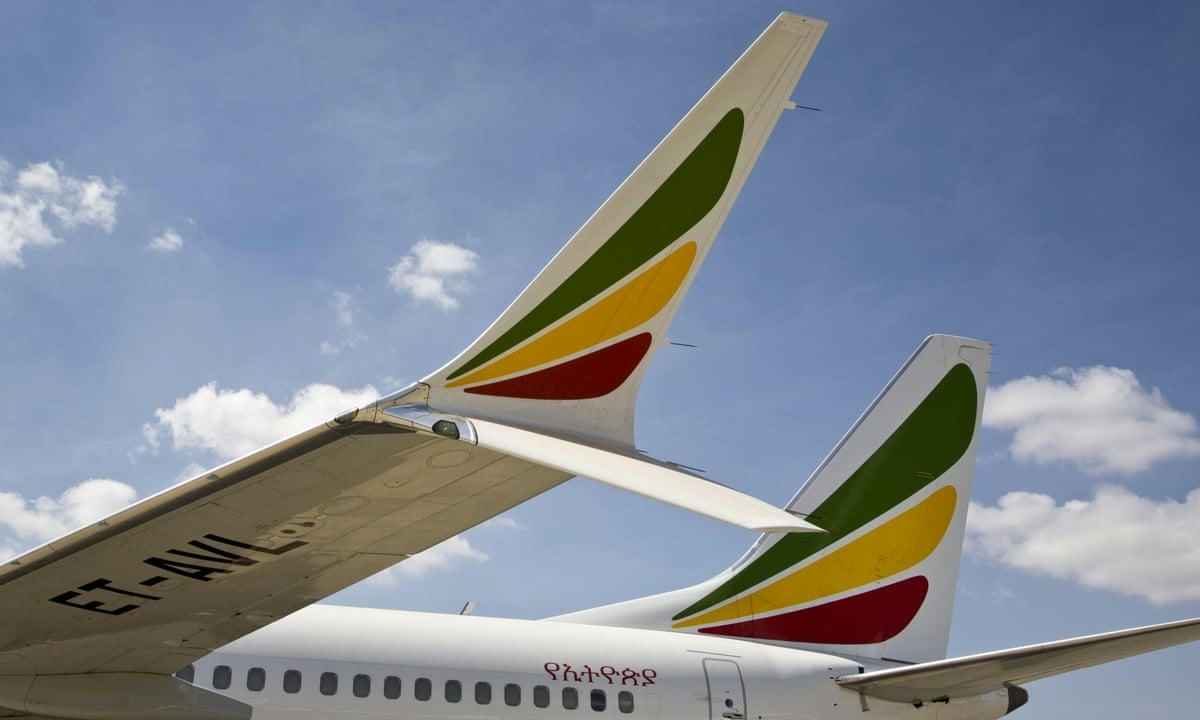
Russia Seeks Ethiopian Airlines Aircraft Amid Western Sanctions
Russia Pursues Ethiopian Airlines Partnership Amid Western Sanctions
**Addis Ababa | August 3, 2025** — Confronted with stringent Western sanctions that have severely impacted its aviation industry, Russia is actively seeking new partnerships in Africa, with Ethiopian Airlines emerging as a focal point. The sanctions have effectively barred Moscow from acquiring new Airbus and Boeing aircraft, as well as essential spare parts, prompting Russian authorities to explore alternative avenues to sustain their commercial fleet operations.
Strategic Negotiations and Potential Cooperation
In late July, Yaroslav Tarasyuk, Russia’s Trade Commissioner to Ethiopia, engaged in discussions with the Ethiopian Civil Aviation Authority (ECAA) to propose a comprehensive cooperation framework. Central to these talks was the possibility of a wet-lease agreement, which would enable Russian carriers to operate modern Western aircraft under Ethiopian registration. The negotiations also encompassed the potential supply of aviation communication and surveillance systems to Russia, alongside plans to establish a maintenance facility in Addis Ababa.
These discussions build upon the Ethiopia-Russia Air Services Agreement signed in 2024, which laid the groundwork for expanded bilateral aviation collaboration. Ethiopian Airlines, Africa’s largest and fastest-growing carrier, currently operates a fleet exceeding 120 aircraft, including Boeing 787s, Airbus A350s, and Boeing 777s, with over 60 additional planes on order. The airline’s strategic vision to become “Africa’s Aviation Hub by 2033” positions it as a valuable partner for Russia, which faces increasing isolation from Western markets.
Risks and Broader Implications
A wet-lease arrangement could provide Russian airlines with a means to circumvent certain sanctions by operating Western-manufactured jets under Ethiopian registration. However, such a strategy carries significant risks, potentially attracting scrutiny from the European Union and the United States. This could jeopardize Ethiopian Airlines’ access to Western airspace, a critical component of its international operations. Notably, the ECAA’s recent engagement with North Korean officials further underscores Ethiopia’s intent to diversify its aviation partnerships amid evolving global alliances.
Russia’s aviation sector is grappling with challenges that extend beyond sanctions. The inability to procure necessary parts has led to a decline in fleet reliability, with tragic consequences. On July 24, a 1976 Antonov An-24 crashed, resulting in the deaths of all 48 passengers and crew. In response, Aeroflot, Russia’s flag carrier, reportedly acquired used Boeing 737s last year solely to cannibalize them for spare parts. While Russia has promoted domestic aircraft such as the Irkut MC-21, ongoing maintenance and production difficulties persist. Industry reports indicate that sanctions have also driven up aircraft prices, complicating Russia’s pursuit of aviation self-sufficiency.
Geopolitical Context and Economic Ties
Russia’s outreach to Ethiopia forms part of a broader strategic push into Africa, paralleling China’s expanding influence on the continent. Bilateral trade between Russia and Ethiopia surged by nearly 40% during the first ten months of 2024, reflecting deepening economic relations. For Moscow, partnerships in Africa represent a vital geopolitical lifeline amid Western isolation. Conversely, Ethiopia’s closer ties with Russia could accelerate its aviation ambitions but also entail significant diplomatic risks. Western nations are reportedly considering secondary sanctions that could disrupt not only aviation cooperation but also other sectors, including Russian fertilizer exports to Latin America.
As Russia and Ethiopia navigate the complexities of enhanced aviation cooperation, the evolving relationship has the potential to reshape their positions within the global aviation landscape, set against a backdrop of intensifying sanctions and shifting international alliances.
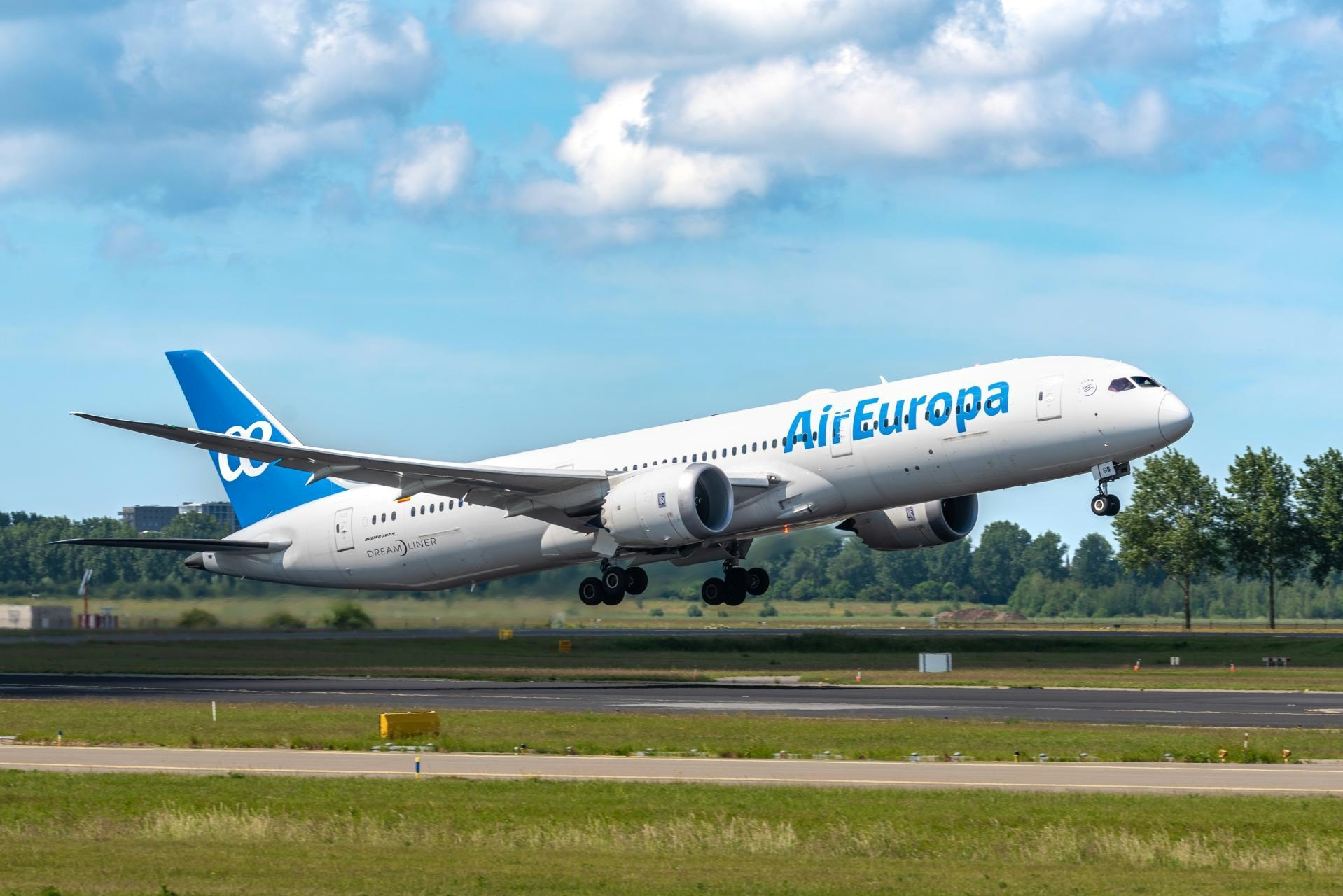
Turkish Airlines Close to Acquiring Air Europa as Air France-KLM Withdraws
Turkish Airlines Advances in Bid for Air Europa as Air France-KLM Withdraws
Turkish Airlines is positioning itself as the frontrunner to acquire a significant stake in Spain’s Air Europa following the formal withdrawal of Air France-KLM from the bidding process. Recent reports from Spanish media outlet *El Español* indicate that negotiations between Turkish Airlines and Air Europa’s parent company, Globalia, have intensified, with a deal potentially imminent. Currently, Air Europa is owned predominantly by Globalia, which holds an 80 percent stake, while the International Airlines Group (IAG) retains the remaining 20 percent.
Ongoing Negotiations and Competing Interests
The Lufthansa Group remains a contender in the acquisition race. CEO Carsten Spohr confirmed that discussions with Globalia are ongoing but emphasized the complexity of the negotiations. “I cannot yet give an answer whether it will fail or not. I can confirm that it is very difficult to get this to succeed,” Spohr remarked. According to *El Confidencial*, both Lufthansa and Turkish Airlines are considering acquiring a 25 percent stake in Air Europa, which would inject approximately EUR 240 million (USD 275 million) in fresh capital into the Spanish carrier.
Air France-KLM, which had previously expressed interest in the stake, officially exited the process, citing an inability to reach an agreement with Globalia. The Franco-Dutch group stated, “Air France-KLM stepped out from the process initiated for the sale of a stake in Air Europa as no agreement could be reached with Globalia. The cooperation between Air France-KLM and Air Europa, a member of SkyTeam, remains unchanged.” This marks the second major withdrawal from the bidding, following Etihad Airways’ exit earlier this year.
Challenges and Market Implications
The potential acquisition by Turkish Airlines faces several significant challenges, including regulatory scrutiny and possible antitrust concerns. Integrating Air Europa’s operations into Turkish Airlines’ network also presents considerable complexities. Market reactions are expected to be mixed; while some investors may view the move as a strategic expansion that enhances Turkish Airlines’ market reach and competitive positioning, others may remain cautious about the operational and regulatory hurdles involved. Competitors in the European aviation sector may respond with increased competition, strategic alliances, or pricing strategies to protect their market share.
Air France-KLM’s withdrawal may lead the group to refocus its strategic priorities, particularly its proposed acquisition of a controlling stake in Scandinavian Airlines (SAS). This initiative aims to strengthen Air France-KLM’s presence in the Nordic region and improve its overall financial performance. Meanwhile, both Air France-KLM and Lufthansa continue to pursue potential stakes in Portugal’s state-owned TAP Air Portugal, reflecting ongoing consolidation trends within the European aviation industry.
Financial Position of Air Europa
Amid these developments, Air Europa is seeking to bolster its financial position by negotiating a new loan of approximately EUR 140 million (USD 160 million) with Spanish banks Santander, BBVA, Caixabank, and Sabadell. This effort comes as the airline faces the obligation to repay a EUR 475 million (USD 550 million) loan provided by Spain’s sovereign wealth fund SEPI during the COVID-19 pandemic.
Neither Turkish Airlines nor the Lufthansa Group has issued comments regarding the ongoing negotiations, and Air Europa has also declined to provide a statement.

Airline Executives Address Data Fragmentation, AI, and Consumer Behavior
Airline Executives Address Data Fragmentation, AI, and Consumer Behavior
The aviation industry has long integrated machine learning and artificial intelligence (AI) into various operational areas, including dynamic pricing and predictive maintenance. As AI technologies advance rapidly, airline executives are now turning their attention to the transformative potential of AI in customer service, marketing, and retail.
AI in Customer Service and Retail Transformation
At Phocuswright Europe 2025, Olaf Backofen, head of global retail partnerships for Lufthansa Group, discussed a recent pilot project involving the AI assistant Swifty in collaboration with SWISS. This initiative offered travelers a conversational booking experience. Although market research indicated that the majority of customers still prefer traditional booking methods, younger demographics, particularly Generation Z, are showing increasing openness to conversational AI interfaces.
Filip Filipov, chief operating officer at AI specialist OAG, joined Backofen in emphasizing the critical need for enhanced collaboration and data sharing across the aviation sector to fully harness AI’s capabilities. Filipov remarked that this period marks a significant shift, with airlines and related industry players beginning to connect disparate data points across the customer and traveler journey.
Challenges of Data Fragmentation and Legacy Systems
Despite the enthusiasm surrounding AI, both executives acknowledged persistent challenges, notably data fragmentation and outdated legacy systems. Fragmented data complicates the integration of real-time insights into consumer behavior, demand fluctuations, and competitor pricing—elements essential for effective AI-driven marketing strategies. While some airlines have successfully employed AI for targeted advertising and personalized offers, others continue to grapple with privacy concerns and the technical difficulties of consolidating diverse data sources.
Backofen underscored the necessity of developing a unified booking system comparable to the seamless experiences provided by leading e-commerce platforms. He explained, “We need to have one database, which enables us to have in one passenger name record the possibility to buy tickets, ancillaries, and everything else. But it will take four to five years until we have this in place.”
Industry Trends and Consumer Behavior
The discussion also highlighted broader industry trends, including the exploration of new retail channels such as social media platforms for selling tickets and ancillary products. Competitors are increasingly adopting AI tools to enhance both customer service and operational efficiency.
Shifts in consumer behavior continue to influence airline strategies. Market responses to AI-driven initiatives vary widely; some brands have successfully implemented targeted campaigns, while others face challenges balancing personalization with privacy concerns. In markets like Canada, limited competition among discount carriers has resulted in higher fares, prompting calls for increased foreign competition to reduce prices—an issue that AI and data integration alone cannot resolve.
As the aviation sector confronts these complexities, executives concur that addressing data fragmentation and embracing AI-driven innovation will be essential to meeting evolving consumer expectations and sustaining competitiveness in a rapidly changing environment.
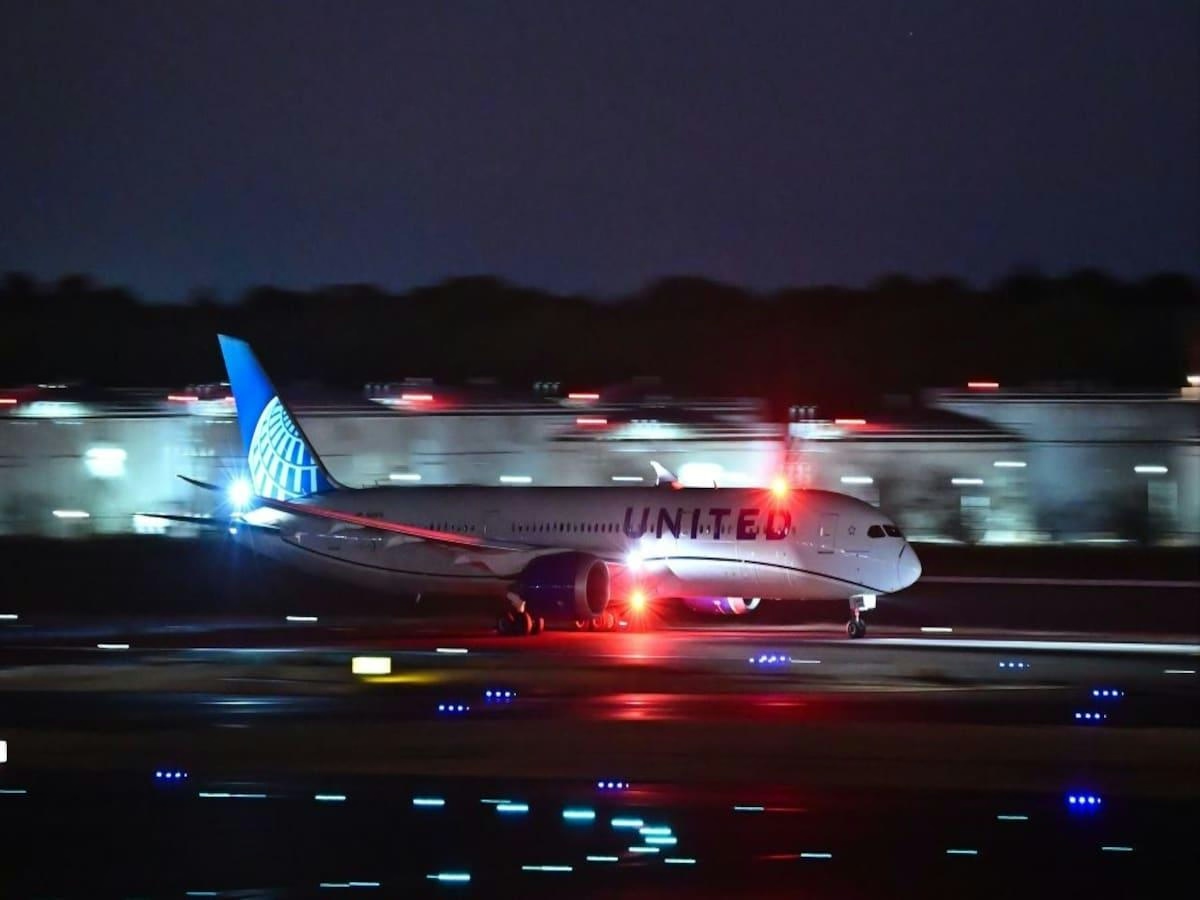
United Boeing 787 Makes Emergency Landing After Engine Failure
United Boeing 787 Makes Emergency Landing After Engine Failure
Emergency Return to Washington Dulles
A United Airlines Boeing 787-8 Dreamliner was compelled to execute an emergency landing at Washington Dulles International Airport on the evening of Friday, July 25, following an engine failure shortly after takeoff. Flight 108, bound for Munich, had departed over two hours behind schedule at approximately 8 p.m. The aircraft, carrying 230 passengers and fueled for the transatlantic journey, encountered a mechanical issue that necessitated an immediate return to the airport.
According to statements from United Airlines and the Metropolitan Washington Airports Authority (MWAA), the plane returned to Dulles roughly 30 minutes after departure. Audio recordings from air traffic control, made public by LiveATC.net, captured the pilots declaring an emergency at an altitude of about 5,000 feet, with one pilot reporting, "Engine failure, left engine. Mayday, mayday, mayday." Prior to landing, air traffic controllers directed the crew to a designated area west of the airport to conduct fuel dumping, a standard safety procedure to reduce the aircraft’s weight for landing. The tower broadcasted, "Attention all aircraft, fuel dumping in progress, 10 miles west of Dulles."
Safe Landing and Aftermath
Despite the failure of one engine, the Boeing 787 is engineered to operate safely on a single engine, a scenario regularly rehearsed in pilot training. The aircraft landed without incident, and all passengers disembarked normally at the gate. Fire and rescue teams conducted a thorough inspection before the plane was towed to a gate. United Airlines subsequently canceled the flight and arranged alternative travel for those affected. The aircraft, registered as N27901, returned to service three days later and has since completed multiple flights to destinations including Greece and West Africa.
Context and Industry Implications
This emergency landing follows a recent pattern of incidents involving United Airlines’ Boeing 787 fleet. On July 12, another United 787 flight from Los Angeles to Seattle declared an emergency mid-flight and diverted to Seattle. These consecutive events have sparked concerns regarding the reliability of the Boeing 787 model, drawing increased scrutiny from aviation regulators and passengers.
Industry analysts observe that such incidents can temporarily undermine passenger confidence and may result in elevated operational costs for airlines due to emergency protocols and necessary repairs. Competitors may also leverage these events to emphasize the safety records of their own fleets. As investigations proceed, both United Airlines and Boeing face growing pressure to address reliability issues and restore public trust.
For ongoing updates, official communications from United Airlines and relevant aviation authorities should be consulted.
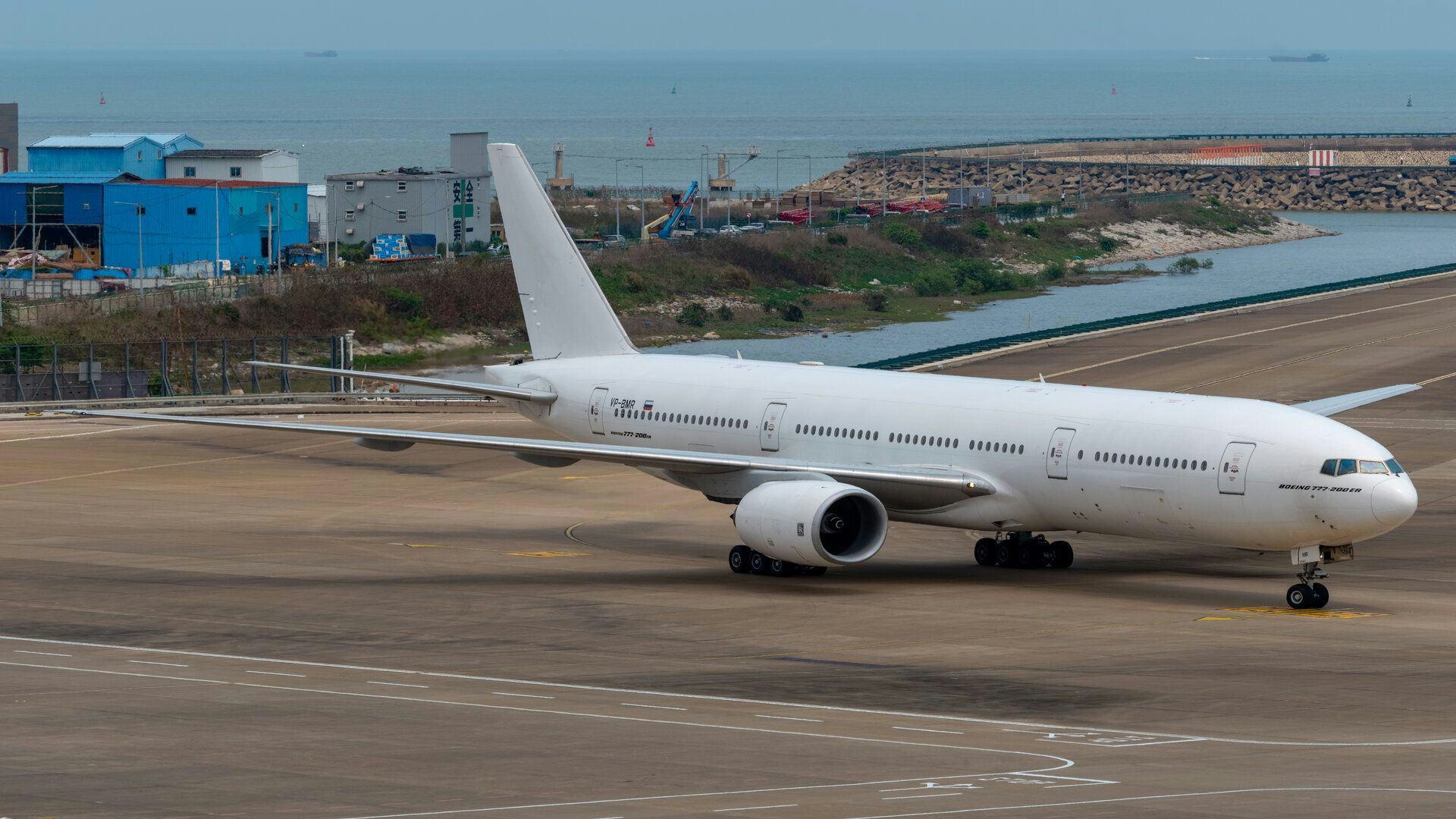
Iran Acquires Five Boeing 777s Through Malagasy Start-Up
Iran Acquires Five Boeing 777s Through Malagasy Start-Up Amid Sanctions Concerns
On July 15, 2025, five Boeing 777-200ER aircraft arrived in Iran after being ferried from Siem Reap New Angkor International Airport in Cambodia. These jets, previously registered in Madagascar under the designations 5R-RIS, 5R-ISA, 5R-HER, 5R-IJA, and 5R-RIJ, were reportedly operated by UDAAN Aviation, a fledgling start-up purporting to launch as a Malagasy carrier. Iranian media reported landings at Chah Bahar, Zahedan, and Mashad, although independent verification has so far only confirmed the arrival of 5R-HER in Mashad.
Complex Ownership and Registration History
The aircraft have a convoluted recent history. Initially operated by NokScoot until the onset of the COVID-19 pandemic, the jets were returned to the Singapore Airlines Group following NokScoot’s liquidation. After a period of storage in Alice Springs, Australia, the planes were acquired by Florida-based Ion Aviation LLC between September 2023 and February 2024 and re-registered in the United States. They were subsequently ferried to Lanzhou, China, before being deregistered from the US registry by March 2024 and exported to Hong Kong. The ownership and registration status of the aircraft after this point remain unclear.
One of the aircraft, formerly registered as N99001 and later as 5R-RIJ, was observed parked at Jakarta Soekarno-Hatta Airport between late May and early July 2025. The Civil Aviation Authority of Madagascar confirmed that all five aircraft were provisionally registered in Madagascar on January 17, 2025, under a three-month permit issued to UDAAN Aviation. The company claimed it intended to operate the aircraft itself and planned to ferry them to Kenya for maintenance. However, the Malagasy regulator stated that these permits expired on April 12, 2025, rendering any subsequent flights under the 5R- registrations illegal.
Allegations of Document Forgery and Legal Action
Further controversy emerged when the Malagasy government alleged that the ferry flights from Cambodia to Iran were conducted using falsified registration certificates, with validity dates fraudulently extended to July 12, 2025. Malagasy authorities have announced plans to pursue legal action against UDAAN Aviation for document forgery.
The ultimate operator of the aircraft in Iran has not been officially confirmed. However, local media speculate that Mahan Air, which currently operates a fleet of Airbus A340s, is the likely recipient. The airline is reportedly seeking to modernize its fleet and may transfer its older quadjets to other Iranian carriers.
International Implications Amid Sanctions
The arrival of these Boeing 777s in Iran occurs amid heightened international scrutiny due to longstanding sanctions on the country’s aviation sector. The transfer raises significant compliance concerns, particularly regarding the sourcing of maintenance and spare parts, which remain tightly restricted under existing sanctions regimes. International aviation authorities and governments critical of Iran are expected to closely monitor the situation, with some already calling for stricter enforcement of sanctions and increased oversight of Iranian aviation activities.
Currently, no other Boeing 777s are operated in Iran, making this transfer both notable and controversial within the global aviation community.
AI Use in Airline Ticket Pricing Raises Concerns
AI Use in Airline Ticket Pricing Raises Concerns
Expansion of AI in Ticket Pricing
Delta Air Lines has announced plans to broaden its use of artificial intelligence (AI) in determining ticket prices, a development that could result in passengers paying varying amounts for similar flights based on numerous factors. The airline asserts that AI will enhance fare optimization and operational efficiency. However, this initiative has attracted scrutiny from lawmakers and consumer advocates who question the fairness and transparency of such pricing systems.
Privacy and Fairness Issues
A central concern involves the potential use of personal data in setting ticket prices. Privacy advocates warn that AI-driven pricing models may analyze passengers’ browsing histories, locations, and purchasing behaviors to generate individualized fares. This raises significant questions about data security, consent, and the ethical implications of such practices. Lawmakers are investigating whether these methods could lead to discriminatory pricing or disproportionately affect certain groups of travelers.
Regulatory authorities are increasingly attentive to these issues, with some officials calling for greater transparency regarding how airlines employ AI in pricing decisions. One member of Congress emphasized that consumers have the right to understand how their data is utilized and to be assured of fair treatment. As AI technology becomes more prevalent in the industry, the prospect of regulatory intervention is growing.
Market Response and Industry Perspectives
The market reaction to AI-powered dynamic pricing has been mixed. Some consumers express apprehension that such systems may undermine trust, prompting them to favor airlines that do not rely on AI for pricing. Others are concerned about the opacity of these algorithms and the potential for abrupt price changes. In response, some competing airlines are contemplating the adoption of similar AI tools to maintain competitiveness, while others are deliberately distancing themselves from algorithm-driven pricing to appeal to passengers wary of such practices.
Industry experts acknowledge that AI can enable airlines to respond swiftly to fluctuations in demand and optimize revenue. However, they also caution that the technology presents new challenges. An aviation analyst described AI pricing as a “double-edged sword,” capable of benefiting both airlines and consumers, but only if implemented with appropriate safeguards to protect privacy and ensure fairness.
As Delta and other carriers advance their AI-driven pricing strategies, the debate surrounding transparency, privacy, and consumer rights is expected to intensify. For travelers, the cost of their next flight may increasingly be shaped not only by traditional supply and demand but also by complex algorithms analyzing a wide array of personal and market data.

US FAA failing oversight of SkyWest maintenance practices
US FAA Under Fire for Insufficient Oversight of SkyWest Maintenance Practices
The U.S. Department of Transportation’s Office of Inspector General (OIG) has identified significant deficiencies in the Federal Aviation Administration’s (FAA) supervision of maintenance operations at SkyWest Airlines. A recent audit revealed that the FAA’s Certificate Management Office (CMO) has not fully complied with agency guidelines and has failed to resolve ongoing issues related to SkyWest’s remote return-to-service maintenance procedures, problems that have persisted since 2021.
Persistent Compliance Issues and Safety Concerns
SkyWest, which operates regional flights under major carriers such as United Airlines (United Express), Delta Air Lines (Delta Connection), American Airlines (American Eagle), and Alaska Airlines (Alaska SkyWest), has come under scrutiny for its maintenance protocols. The OIG report acknowledged that the FAA addressed 26 of 32 identified concerns; however, non-compliance remains, particularly in the area of remote maintenance practices. These procedures allow airlines to monitor and clear maintenance issues without the presence of on-site technicians, raising questions about their adequacy and safety.
The audit uncovered troubling practices at SkyWest, including the inappropriate deferral of maintenance on minimum equipment list items, dispatching aircraft without mandatory inspections, and assigning pilots to perform maintenance tasks that are not authorized under the airline’s manuals. Furthermore, SkyWest was found to have delayed the submission of critical data to the CMO, impeding effective regulatory oversight.
FAA inspectors expressed frustration over the slow pace of corrective action and voiced concerns that SkyWest’s remote maintenance approach could elevate the risk of accidents. These findings come amid intensified regulatory scrutiny following a recent near-miss incident involving a SkyWest aircraft and a U.S. Air Force bomber. This event triggered an FAA investigation and underscored the necessity for rigorous oversight.
Regulatory Response and Industry Implications
The OIG report cautioned that continued lapses in FAA oversight could expose SkyWest to increased regulatory sanctions, including fines and reputational harm. Industry analysts warn that such safety concerns may undermine passenger confidence, potentially leading to reduced bookings. Competitors might leverage these issues to highlight their own safety and maintenance standards, seeking to attract wary travelers and expand their market share.
In response to the audit, SkyWest acknowledged the findings and reaffirmed its commitment to safety as the cornerstone of its operations. The airline stated, “In recent years and over several changes in CMO leadership and personnel, we’ve taken numerous actions to help the CMO identify and resolve any issues in either of our processes to better support SkyWest’s safety efforts.”
The Department of Transportation has issued seven recommendations aimed at strengthening FAA oversight of SkyWest’s maintenance practices. The FAA has agreed to implement six of these recommendations by July 2026.
SkyWest operates a fleet of 580 aircraft, including 132 CRJ200s, 28 CRJ550s, 103 CRJ700s, 52 CRJ900s, and 265 E175s. Its subsidiary, SkyWest Charter, is currently seeking authorization to conduct scheduled passenger operations as a commuter carrier. This application has faced opposition from unions citing potential safety risks and regulatory gaps. Although the Department of Transportation deemed SkyWest Charter fit to operate in February 2025, a final certification order remains pending.

Hanwha Aerospace to Lead South Korea-U.S. Helicopter MRO Project, Official Says
Hanwha Aerospace to Lead South Korea-U.S. Helicopter MRO Project
Hanwha Aerospace Co. is set to assume a leading role in the maintenance, repair, and overhaul (MRO) operations for the U.S. Army’s CH-47 Chinook helicopter engines under a newly announced South Korea-U.S. defense cooperation pilot project. This development was confirmed by a company official on Tuesday, following an announcement earlier by South Korea’s defense ministry.
The pilot MRO program, agreed upon by Seoul and Washington, focuses on servicing the engines used in CH-47 helicopters operated by the U.S. Army. It forms part of the Regional Sustainment Framework (RSF) initiative, which aims to enhance regional military readiness through collaborative sustainment partnerships. This project represents the first aircraft-related MRO cooperation between the two allies under the RSF.
Technical Expertise and Strategic Importance
A Hanwha Aerospace representative emphasized that although a formal contract has yet to be finalized, the company currently stands as the sole South Korean firm possessing the technical expertise and experience necessary to service the T55 engine powering the CH-47 helicopters. The official stated, “With this RSF designation, MRO for the T55 engine used in U.S.-operated CH-47 helicopters in the Indo-Pacific will be carried out in South Korea.” Hanwha Aerospace has a longstanding history in engine servicing, having maintained over 5,700 aircraft engines over 46 years, including the T55. Its Changwon facility, located approximately 300 kilometers southeast of Seoul, holds multiple international certifications, notably from the U.S. Federal Aviation Administration (FAA).
The company further highlighted its commitment to strengthening the South Korea-U.S. alliance through its specialized expertise, while also seeking to expand its footprint in the global MRO market. “As South Korea’s sole specialized aircraft engine company, Hanwha Aerospace will not only actively contribute to strengthening the South Korea-U.S. alliance based on 46 years of technical expertise, but also work to secure future growth by expanding into the global MRO business,” the official added.
Competitive Landscape and Future Prospects
Hanwha Aerospace’s emerging leadership in this high-profile project comes amid intensifying competition within South Korea’s aerospace sector. Korea Aerospace Industries (KAI), for instance, has recently secured additional orders for its KF-21 fighter jets and is expected to pursue its own MRO contracts. The competitive environment is further complicated by Hanwha Ocean’s recent success in obtaining additional MRO contracts for U.S. Navy support ships, reflecting a broader strategic push by South Korean firms to expand their roles in both aerospace and naval sustainment.
Market analysts suggest that Hanwha Aerospace’s performance in delivering the CH-47 MRO project will be closely scrutinized, particularly as the company manages other significant commitments, including the development of a new unmanned aerial vehicle (UAV) engine. Industry observers anticipate that competitors such as KAI and other domestic firms will intensify efforts to secure future MRO contracts, contributing to a more dynamic and competitive market as South Korea continues to bolster its aerospace and shipbuilding capabilities.
In the coming days, defense officials from both South Korea and the United States are scheduled to visit South Korean defense companies to explore further opportunities for cooperation beyond the pilot project and ongoing naval shipbuilding MRO services.
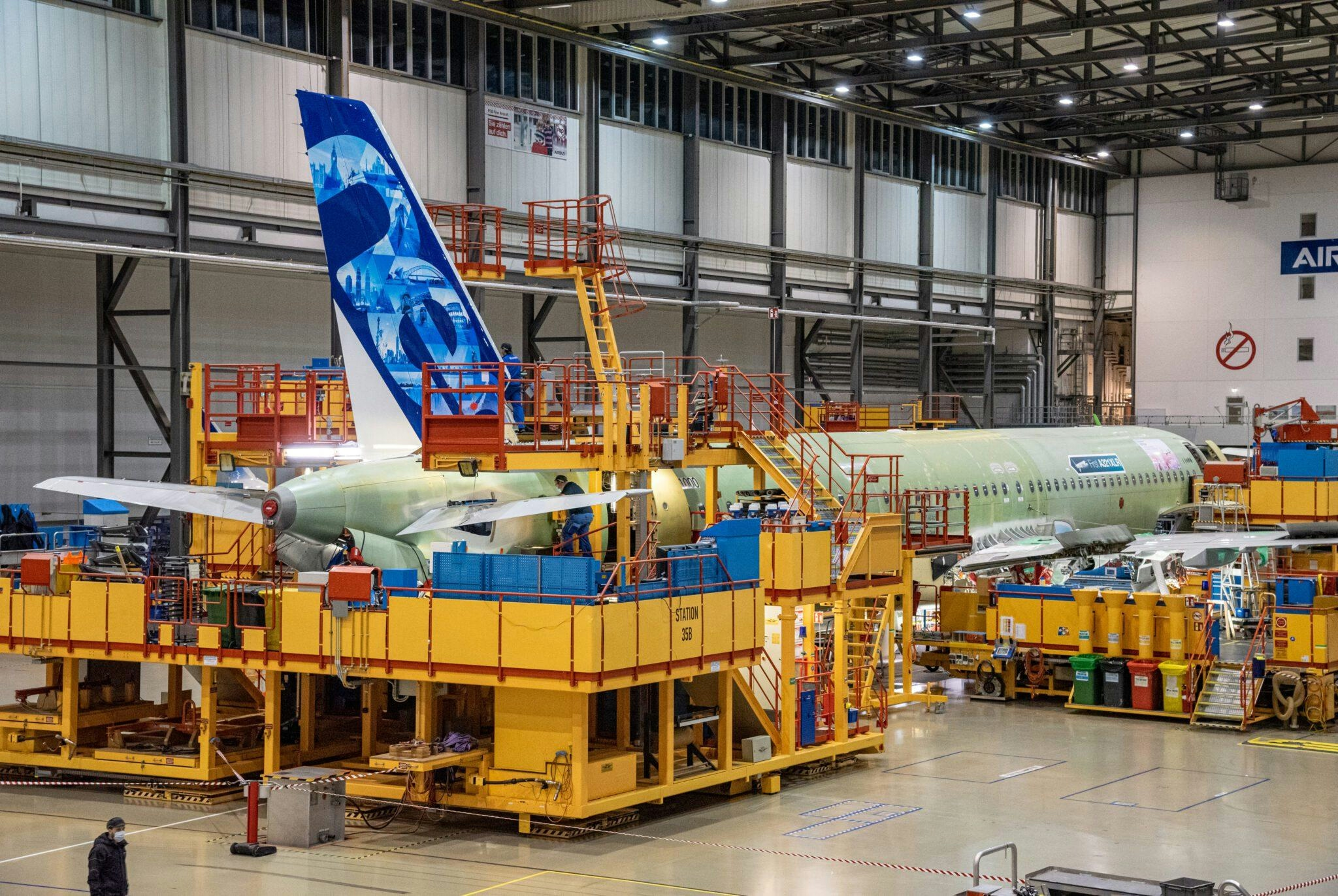
Airbus Reports Engine Delays but Maintains Jet Delivery Targets
Airbus Reports Engine Delays but Maintains Jet Delivery Targets
Rising Engine Shortages Amid Production Challenges
European aerospace giant Airbus has revealed a growing backlog of completed aircraft awaiting engine installation, yet it remains committed to its ambitious delivery target for 2024. The company reported that 60 “gliders”—fully assembled airframes without engines—are currently parked outside its factories, a significant increase from 40 units just a month prior. Despite these mounting delays, Airbus CEO Guillaume Faury assured analysts that engine suppliers have pledged their support to help the manufacturer meet its goal of delivering 820 aircraft this year, representing a 7% increase over 2023. Faury acknowledged the challenges ahead, noting that the delivery schedule would be “more back-loaded than we would like,” but emphasized the company’s determination to adhere to its targets.
The primary source of the engine supply bottleneck remains CFM International, a joint venture between GE Aerospace and Safran, which continues to grapple with production difficulties. Compounding the issue, rival engine supplier Pratt & Whitney, owned by RTX, has recently experienced disruptions following a strike, introducing new delays. While Airbus indicated that most of the engine shortages are still attributable to CFM, both engine manufacturers declined to comment on the situation.
Market Concerns and Financial Performance
The persistent engine shortages have sparked investor concerns regarding Airbus’s ability to sustain its competitive position against Boeing and GE Aerospace. Market reactions have been mixed, with some investors apprehensive about the potential impact on future deliveries and profitability. Boeing, meanwhile, is recovering from its own production setbacks, and GE Aerospace is benefiting from increased demand for aftermarket engine services.
Despite a 5% decline in deliveries during the first half of 2024, Airbus has maintained narrow-body jet production close to pre-pandemic levels to prevent further supply chain disruptions. This accelerated production pace, however, has resulted in a buildup of inventory and increased cash outflows. In the second quarter, Airbus reported cash burn exceeding analyst expectations by €1 billion ($1.14 billion), though it reaffirmed its full-year financial guidance.
Financially, Airbus delivered a stronger-than-expected second-quarter performance. Adjusted operating profit nearly doubled to €1.58 billion, while revenues remained steady at €16.07 billion. These results slightly surpassed analyst forecasts, particularly driven by robust performances in the Defence and Space and Helicopters divisions. Analysts had anticipated adjusted operating income of €1.47 billion on revenues of €15.78 billion, according to a company-compiled consensus.
Strategic Outlook and Industry Developments
Looking forward, Airbus announced plans to increase production of its A330neo wide-body aircraft from four to five units per month by 2029, citing rising market demand. Other production targets will remain unchanged. CEO Guillaume Faury also welcomed a recent agreement between the European Union and the United States to maintain tariff exemptions on aircraft and parts, describing it as “a welcome development for our industry.”
The ongoing engine supply challenges may also affect Airbus’s negotiations with Spirit AeroSystems, a key supplier currently undergoing division between Airbus and Boeing. Airbus anticipates completing the acquisition of certain Spirit assets in the fourth quarter, a strategic move expected to further influence its position within the global aerospace sector.
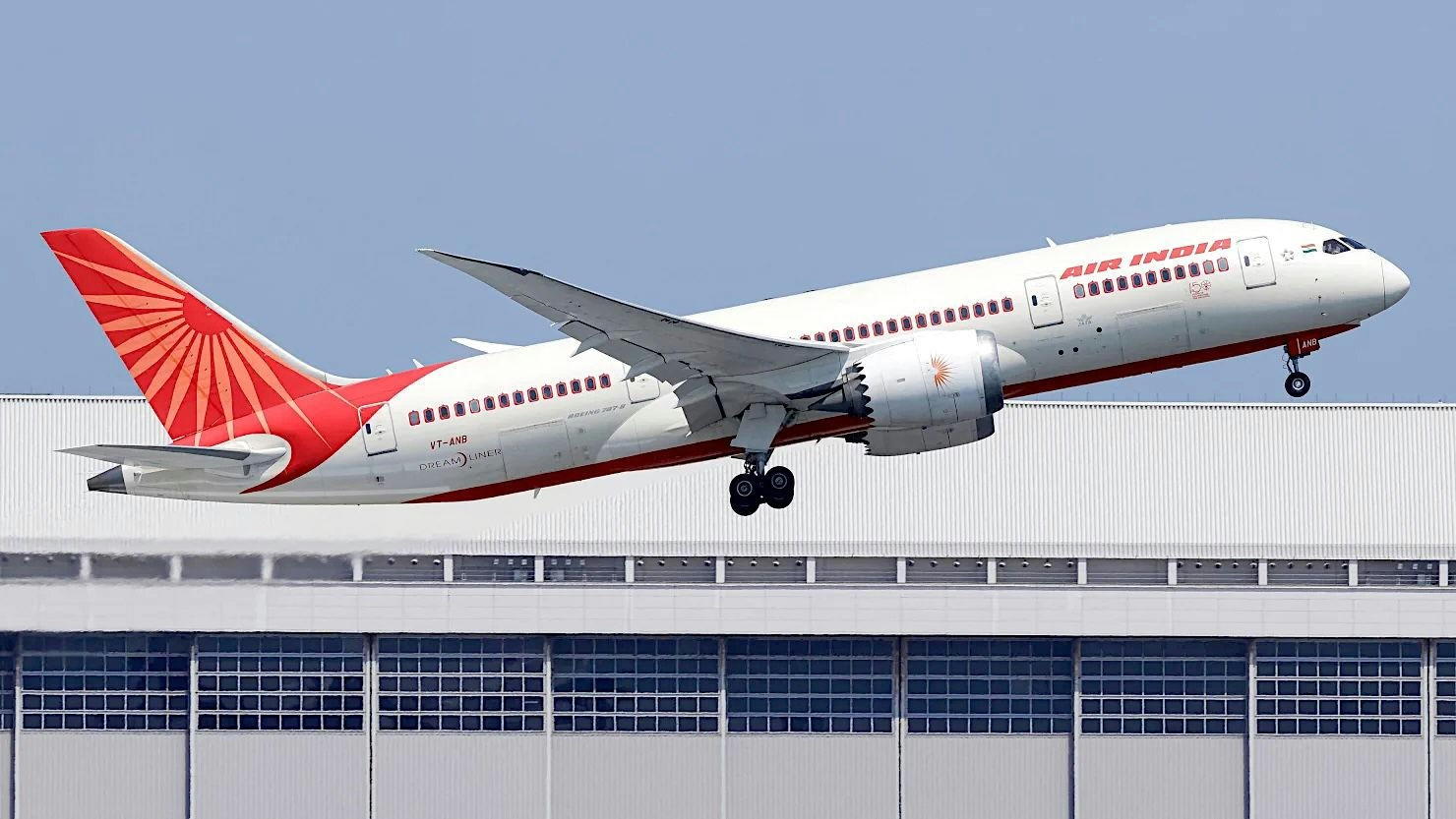
Aviation Expert: Boeing Dreamliner Software Reduced Fuel Use Twice Without Pilot Input
Aviation Expert Highlights Boeing Dreamliner Software’s Role in Fuel Cut Incidents
Aviation attorney and former US Department of Transportation Inspector General Mary Schiavo has cautioned against hastily attributing blame to pilots in the aftermath of the recent Air India crash. She underscored the significance of Boeing Dreamliner’s automated systems, which have been implicated in previous incidents involving unexpected fuel reductions without pilot intervention. Schiavo emphasized that the Boeing 787’s software is capable of independently cutting fuel to its engines, a factor that demands thorough investigation before fault is assigned.
Speaking to journalist Barkha Dutt, Schiavo noted that pilots are often blamed in approximately 75% of aviation incidents, yet many such accusations have been disproven. She described this tendency as not only unfair but overly simplistic and potentially harmful. “There are too many suspicious things to say, ‘Oh, it’s the pilots,’” she remarked, referencing earlier cases involving the same aircraft model where onboard systems autonomously reduced or cut fuel flow mid-flight.
Past Incidents and the TCMA System
Schiavo specifically cited a 2019 incident involving an All Nippon Airways (ANA) Boeing 787, where the aircraft’s system erroneously shut off fuel mid-air after mistakenly detecting that the plane had already landed. The software in question, known as the Thrust Control Malfunction Accommodation (TCMA) system, has been previously implicated in similar malfunctions. Designed to help the aircraft distinguish between flight and ground conditions, the TCMA can command the engines to reduce or cut power under certain circumstances. In the ANA case, the system’s premature fuel cutoff forced the plane to glide heavily to the runway. Fortunately, the incident occurred during landing rather than takeoff, preventing a crash.
Schiavo also referenced a more recent United Airlines Dreamliner flight from Washington, D.C., to Nigeria, where the aircraft reportedly entered a nose dive due to thrust and engine issues, again raising concerns about the behavior of automated systems.
Implications for Boeing and the Aviation Industry
The TCMA system, mandated by the US Federal Aviation Administration (FAA), lies at the heart of these concerns. Schiavo warned that errors by such automated protocols can have dire consequences, particularly during critical phases like takeoff when pilots have only seconds to react. These revelations come amid heightened scrutiny of Boeing, which is already grappling with a series of safety and production challenges.
The Air India crash has intensified regulatory and public attention, prompting increased inspections of Boeing 787 aircraft operated by Air India and causing flight delays and cancellations. The incident has also sparked broader questions regarding cockpit confusion, fuel management, and the reliability of automated systems, all of which are influencing perceptions of the Dreamliner’s safety.
Meanwhile, Boeing’s competitors are leveraging the situation to highlight their own advancements in software and integrated control technologies, positioning safety features as a key competitive advantage. As Boeing seeks to restore confidence in its flagship aircraft, experts like Schiavo stress the necessity of a comprehensive investigation that carefully weighs both human and technological factors before drawing conclusions.
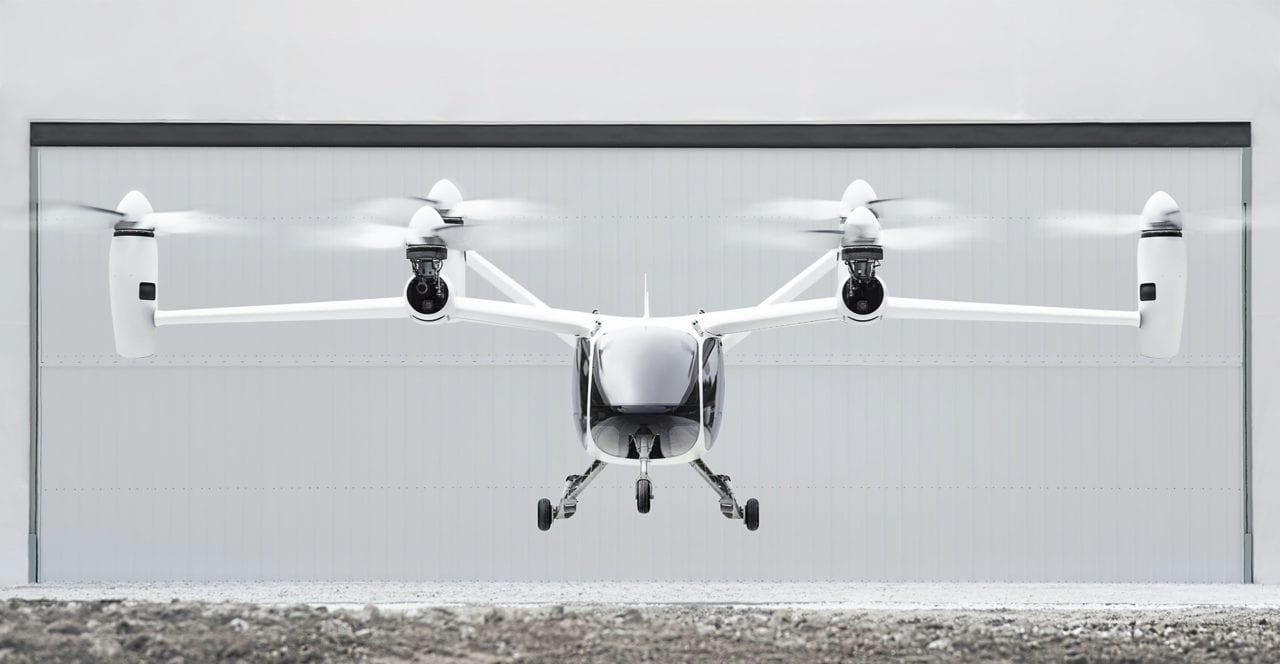
Joby Aviation’s Acquisition of Uber Elevate and Its Role in Urban Air Mobility
Joby Aviation’s Acquisition of Uber Elevate and Its Role in Urban Air Mobility
Joby Aviation has positioned itself as a frontrunner in the burgeoning urban air mobility (UAM) industry, a status significantly bolstered by its 2020 acquisition of Uber Elevate. This strategic acquisition merged Joby’s cutting-edge electric vertical takeoff and landing (eVTOL) technology with Uber’s extensive experience in on-demand mobility services, accelerating Joby’s trajectory toward launching commercial air taxi operations.
Strategic Integration and Technological Synergy
The acquisition of Uber Elevate represented a pivotal moment for Joby, bringing with it a $125 million investment alongside critical software infrastructure. This included sophisticated market simulation models and multi-modal operations platforms essential for managing complex urban air transport networks. At the heart of this integration lies ElevateOS, a system inspired by Uber’s ride-hailing technology, which now underpins Joby’s FAA-approved, Part 135-certified air taxi services. ElevateOS encompasses rider and pilot applications as well as backend operational software, streamlining the user experience and enabling frequent, on-demand flights.
Key personnel from Uber Elevate, led by Chief Product Officer Eric Allison, have been instrumental in refining Joby’s operational framework. By aligning the convenience of air travel with the familiar model of ridesharing, Joby aims to lower barriers to adoption and leverage Uber’s global network and customer insights. This approach is designed to facilitate rapid scaling once regulatory approvals are secured.
Regulatory Landscape and Competitive Environment
Despite these technological and operational advances, Joby faces considerable regulatory challenges. As of 2025, the company has completed 43% of the Federal Aviation Administration’s (FAA) Stage 4 certification requirements and 62% of its internal development milestones. Type Inspection Authorization (TIA) flight testing is anticipated within the next year. Joby is also actively collaborating with the NAA Network—a consortium including the FAA, the UK Civil Aviation Authority, and other regulators—to harmonize international standards by 2027, a move intended to streamline global deployment.
Market reactions to Joby’s progress have been varied. While some investors express optimism about the transformative potential of urban air mobility, others remain cautious due to ongoing technological, safety, and regulatory uncertainties. The competitive landscape is intensifying, with rivals such as Archer Aviation and Lilium making significant strides in the eVTOL sector, heightening the race to commercialize air taxi services.
Production Growth and Innovation Initiatives
Joby is rapidly expanding its manufacturing capabilities to meet anticipated demand. Its 435,500-square-foot facility in Marina, California, currently produces 24 eVTOL aircraft annually. Meanwhile, a new plant in Dayton, Ohio, backed by a $500 million investment from Toyota, aims to scale production to 500 units per year by 2027. Toyota’s involvement extends beyond financial support, contributing lean manufacturing expertise that has enhanced Joby’s production efficiency and quality control.
Recent technological milestones, including the completion of a nine-hour flight with an uncrewed, hydrogen-powered aircraft, highlight Joby’s commitment to innovation and scalability. Nonetheless, the company must continue to address challenges related to public acceptance and regulatory complexity to fully realize its vision for urban air mobility.
Financial Position and Global Expansion
Joby’s strong financial footing distinguishes it from competitors such as Volocopter and EHang, which have encountered liquidity difficulties. With $1.5 billion in cash reserves—including $933 million reported in the fourth quarter of 2024—Joby is well-positioned to sustain its research, development, and certification efforts. Additional support comes from state and federal grants, including $19.8 million awarded by California’s GO-Biz program.
Geographically, Joby is capitalizing on its first-mover advantage. In Dubai, the company holds exclusive six-year operating rights and is constructing its inaugural vertiport at Dubai International Airport, targeting a 2026 launch. This international foothold underscores Joby’s ambition to lead the global urban air mobility market.
As Joby Aviation continues to integrate Uber Elevate’s assets and expertise, it remains at the forefront of the UAM sector. However, the company must navigate a complex environment of regulatory approvals, public acceptance, and intensifying competition to achieve commercial viability.
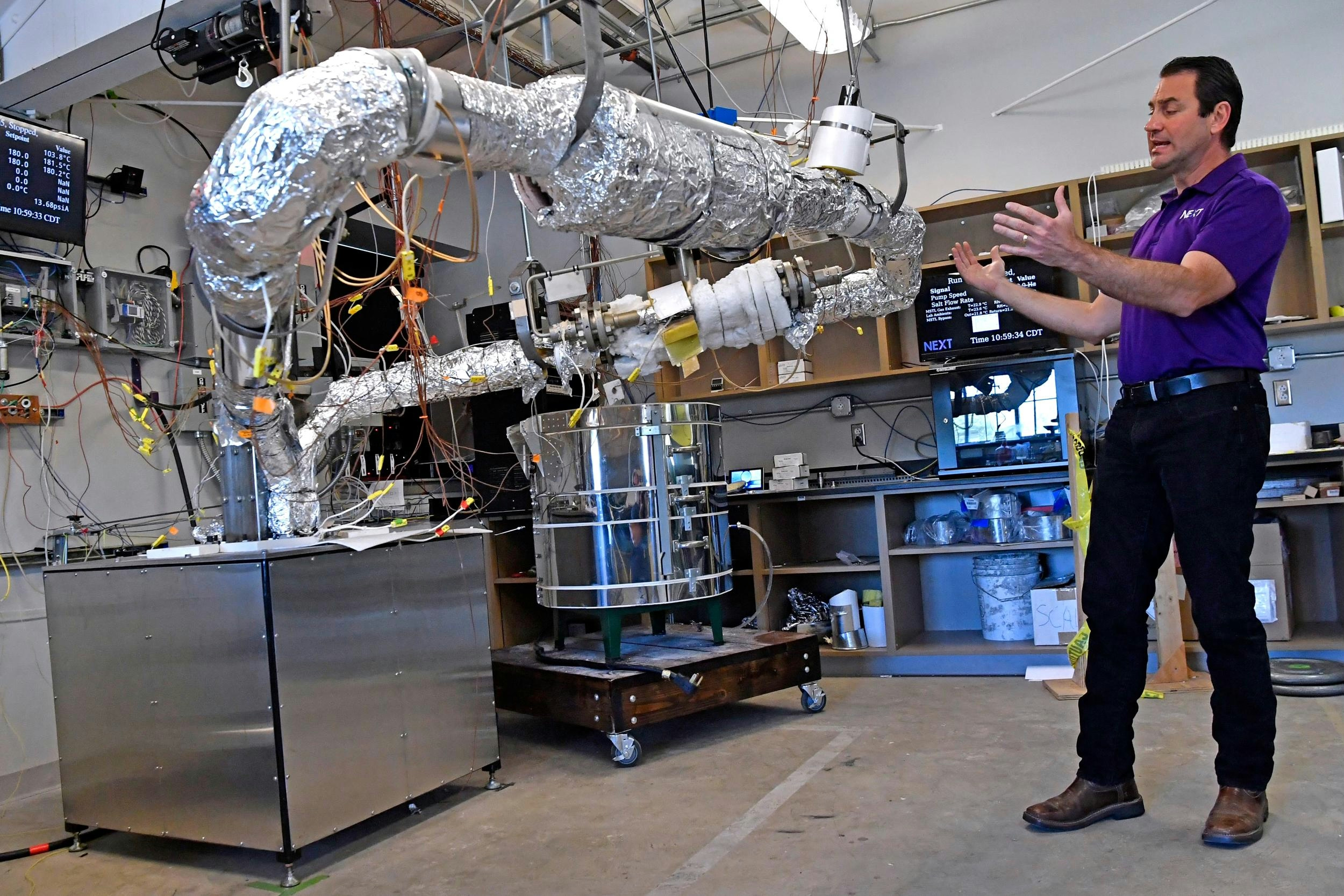
'Blue Sky' Powerhouse Begins Operations
'Blue Sky' Powerhouse Begins Operations
In a landmark event this July, Hefei Heyi Aviation Co’s electric vertical takeoff and landing (eVTOL) aircraft, the EH216-S, took flight above Luogang Park in Hefei, Anhui province. The two-seater vehicle, equipped with 16 carbon-fiber propellers, ascended swiftly to 50 meters, its white frame contrasting sharply against the clear blue sky. The park, once an old airport, has been transformed into a verdant urban space, symbolizing the city’s transition toward innovative aerial mobility.
Advancing Urban Air Mobility in China
The EH216-S represents a significant stride in China’s ambition to establish a “network in the sky.” Fully autonomous, the aircraft is designed to serve multiple functions including short-haul city transport, sightseeing, logistics, and emergency response. Zhang Yuhui, operations director at Hefei Heyi Aviation Co, highlighted that passengers will soon be able to book rides above the city skyline, bringing futuristic urban air travel closer to everyday reality.
This development follows a regulatory milestone achieved in March, when Hefei Heyi Aviation became one of the first Chinese companies to receive a civil aviation permit for operating manned passenger drones. Zhang described this approval as “a passport to the sky,” underscoring its importance in enabling commercial operations. The move aligns with China’s broader strategy to develop its low-altitude economy, which is expected to feature prominently in the forthcoming 15th Five-Year Plan (2026–2030). Gao Yuanyang, director of the General Aviation Industry Research Center at Beihang University, noted that the plan aims to build an integrated aerial network, positioning low-altitude airspace as a vital economic frontier.
Challenges and Prospects for Anhui’s Aerospace Ambitions
Anhui province is positioning itself as a key player in this emerging sector, shifting from its traditional manufacturing base toward aerospace innovation. However, the path to widespread adoption of urban air mobility faces several obstacles. Regulatory uncertainties persist, with ongoing government assessments potentially influencing the speed of commercial rollout. The urban air mobility market remains in its infancy, with limited operational projects, raising questions about near-term commercial viability.
Financial constraints also pose a significant challenge. Scaling production and establishing manufacturing infrastructure will require substantial investment, a factor that has drawn close scrutiny from investors and competitors alike. Rival companies are intensifying efforts to secure their foothold in this nascent industry, heightening competition as the sector evolves.
Despite these hurdles, the successful launch of the EH216-S marks a pivotal moment for urban transportation in China. As regulatory frameworks mature and market interest expands, Anhui’s “blue sky” vision may soon transform the country’s urban environment, one flight at a time.
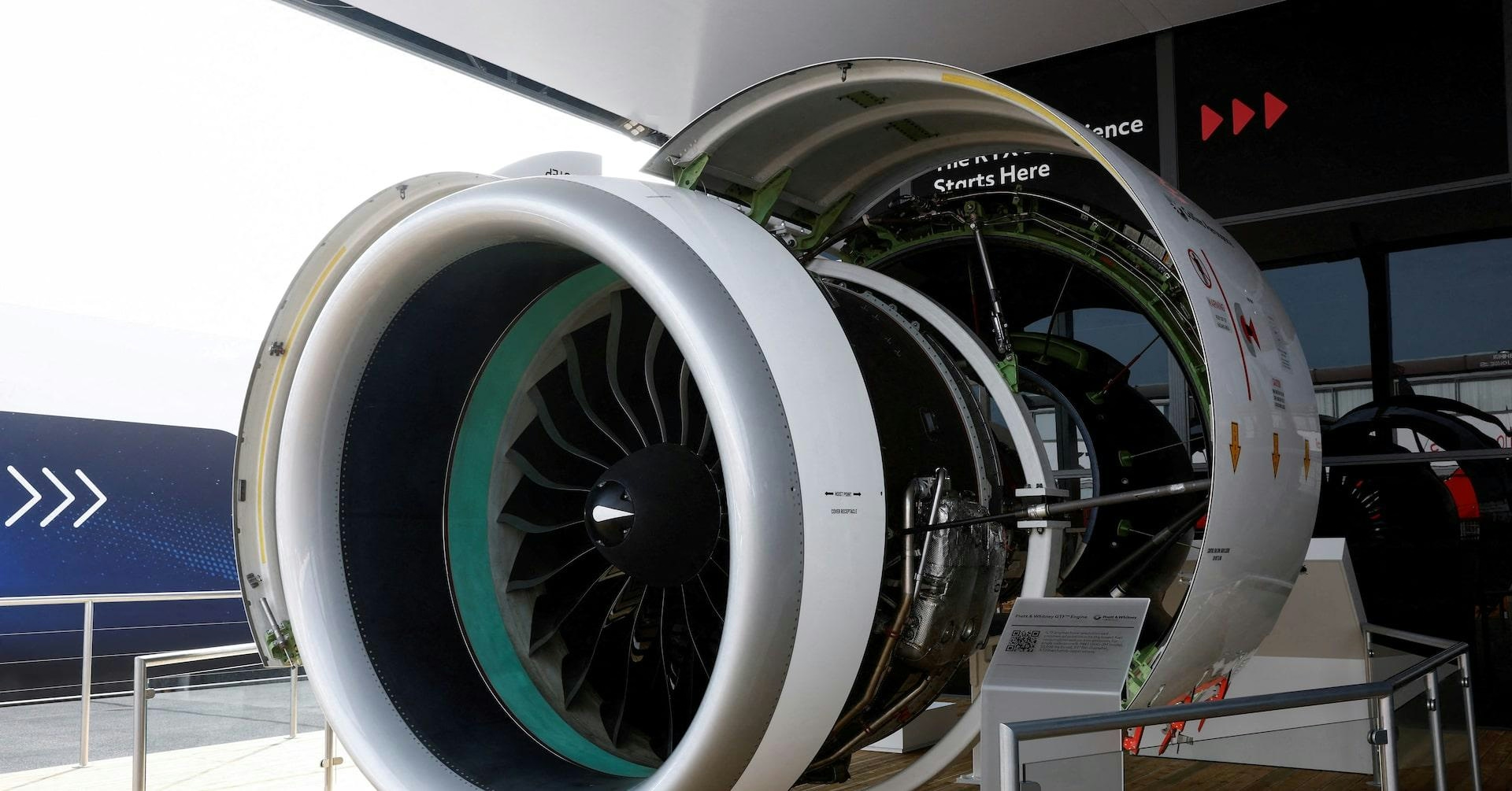
Engine Issues Affect Performance of Airbus A321neo
Engine Issues Affect Performance of Airbus A321neo
The aviation industry continues to grapple with the aftermath of the Boeing 737 MAX crashes in 2018 and 2019, events that not only impacted Boeing but also reverberated across its main competitor, Airbus. The Federal Aviation Administration (FAA) has maintained stringent oversight on Boeing’s 737 production, withholding type certificates for the MAX 7 and MAX 10 variants. This erosion of confidence has also contributed to delays in certifying Boeing’s 777X. Amid these developments, concerns emerged in 2019 regarding whether Airbus’s A320 and A321neo aircraft might face similar challenges.
Subsequent investigations identified specific issues with the Airbus A321neo, particularly related to excessive pitch attitude during certain simulated flight scenarios. Airbus responded promptly by implementing corrective measures to address these concerns. Nevertheless, the A321neo has since encountered further difficulties, primarily stemming from engine-related problems that have increasingly affected its operational performance and reliability.
A Popular Mid-Sized Aircraft Facing New Hurdles
Introduced in 2017, the Airbus A321neo—the stretched variant of the A320neo family—rapidly gained favor among airlines worldwide. Its extended range capabilities, notably up to 4,700 nautical miles in the A321XLR configuration, have effectively filled the mid-sized market niche left vacant by the discontinued Boeing 757. The aircraft’s efficiency, delivering up to 20% lower fuel burn and emissions per seat compared to previous-generation models, has made it particularly attractive to carriers. Major operators include IndiGo, which has 700 A321neos either in service or on order, alongside AirAsia, Wizz Air, and Air Lease Corporation, each maintaining substantial fleets.
Engine Choices and Ongoing Reliability Issues
Unlike the Boeing 737 MAX, which is exclusively powered by the CFM International LEAP-1B engine, the Airbus A321neo offers operators a choice between the CFM LEAP-1A and Pratt & Whitney’s PW1100G-JM engines. The LEAP-1A, a larger variant of the LEAP engine family, has emerged as the preferred option, largely due to persistent reliability issues associated with the PW1100G-JM.
Pratt & Whitney’s PW1100G-JM turbofan engines have encountered significant challenges, including contamination with metal particles that have necessitated accelerated inspection protocols and engine removals due to cracking concerns. These technical difficulties have not only undermined aircraft reliability but have also disrupted production schedules, as shortages in engine availability cascade through the supply chain. The broader A320neo family has similarly been affected by these engine shortfalls, compelling some airlines to reconsider their fleet strategies and, in certain cases, ground affected aircraft.
Market and Industry Impact
The ongoing engine reliability problems have elicited notable responses within the market. Swiss Airlines, for instance, is reassessing the future of its A220-100 fleet in light of persistent engine complications. Competitors have also adjusted their operational strategies; Wizz Air Abu Dhabi recently announced the suspension of all local operations effective September 1, citing engine issues among other operational challenges. Although Pratt & Whitney has introduced durability enhancements for its geared turbofan (GTF) engines, these measures have yet to produce a significant reduction in aircraft groundings, highlighting sustained concerns across the industry.
As airlines and lessors continue to navigate these challenges, the dependability of engine suppliers remains a pivotal factor influencing the trajectory of the A321neo and the wider narrowbody aircraft market.
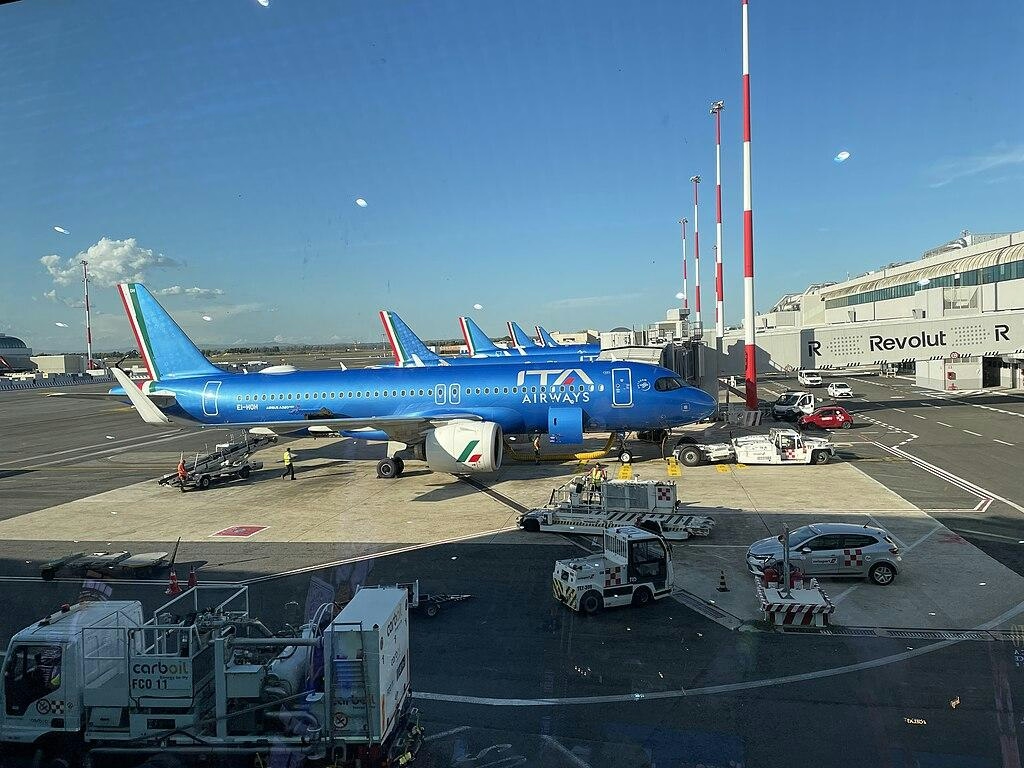
ITA Airways Plans to Expand Long-Haul Network
ITA Airways Announces Ambitious Long-Haul Network Expansion
ITA Airways, the Italian flag carrier based at Rome Fiumicino Airport, has unveiled plans to significantly expand its long-haul network as part of a comprehensive five-year business strategy extending through 2030. The airline aims to introduce new routes connecting Rome with key destinations across North America, South America, Asia, and Africa. This expansion will be supported by a growing short-haul network designed to feed traffic into the long-haul services.
Fleet Modernization and Growth Strategy
Central to ITA Airways’ growth plan is a steady increase in its widebody fleet, with the carrier committing to adding one new widebody aircraft annually starting in 2026. The airline currently operates a fleet of approximately 100 aircraft, although 18 are inactive and 32 belong to previous generation models. The existing fleet includes a diverse mix of aircraft such as the A220-100, A220-300, A319-100, A320-200, A320-200N, A321-200NX(LR), A330-200, A330-900N, and A350-900.
ITA Airways anticipates receiving deliveries of three A220-300s, eleven A320-200Ns, two A321-200NX(LR)s, six A330-900Ns, and two A350-900s in the coming years. These additions will enable the airline to phase out older A320ceo and A330ceo models, with the fleet expected to average around 100 aircraft by 2030, entirely composed of new-generation models.
Target Markets and Strategic Partnerships
For its North American expansion, ITA Airways is focusing on United Airlines’ hubs at New York Newark and Houston Intercontinental. The carrier also plans to deepen its cooperation with Aerolíneas Argentinas on the existing Buenos Aires Ministro Pistarini route. In Asia, ITA is reportedly considering new services to major hubs such as Mumbai International, Singapore Changi, and Osaka Kansai, aligning with Star Alliance members Air India, Singapore Airlines, and ANA (All Nippon Airways), respectively.
In Africa, ITA Airways is exploring opportunities to expand beyond its current narrowbody-served destinations, which include Cairo International, Tunis, Algiers, Accra, and Dakar Blaise Diagne International. Lagos and Abidjan have been identified as potential new destinations on the continent.
Alliance Membership and Joint Ventures
Looking ahead, ITA Airways aims to leverage synergies with Lufthansa Group airlines and secure membership in the Star Alliance by 2026. The carrier also intends to join the transatlantic A++ joint venture alongside Lufthansa, United Airlines, and Air Canada, further integrating its operations within the global aviation network.
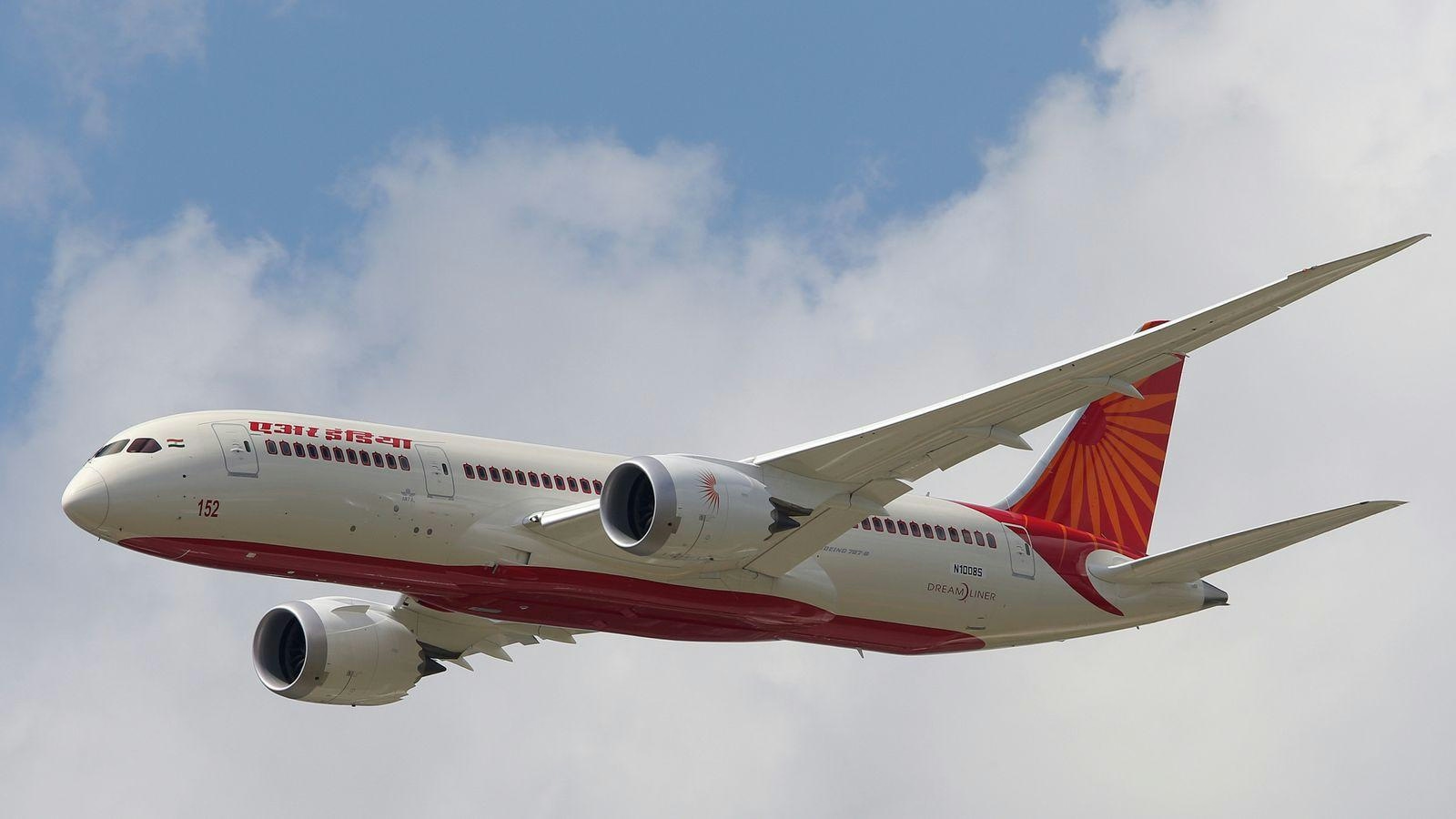
Aviation Expert Suggests Boeing 787 Software May Have Contributed to AI Crash
Aviation Expert Raises Concerns Over Boeing 787 Software in Air India Crash
Mary Schiavo, former Inspector General of the U.S. Department of Transportation and a prominent aviation attorney, has expressed serious concerns that a software-related engine thrust rollback malfunction in the Boeing 787 may have played a role in the recent crash of Air India Flight AI-171. In an exclusive interview with *The Sunday Guardian*, Schiavo highlighted a known issue previously examined by the U.S. National Transportation Safety Board (NTSB), where the aircraft’s computer systems could mistakenly reduce engine thrust during flight.
Drawing on her extensive experience overseeing major air safety investigations and representing families affected by aviation disasters, Schiavo emphasized the risks posed by Boeing’s involvement in its own crash investigations. She called on India’s Directorate General of Civil Aviation (DGCA) to undertake a comprehensive and independent inquiry, particularly given the complexity of the Boeing 787’s software systems.
Software Malfunction and Regulatory Concerns
Central to Schiavo’s warning is the Thrust Control Malfunction Accommodation (TCMA) system, mandated by the Federal Aviation Administration for the Boeing 787. The TCMA operates in conjunction with the Full Authority Digital Engine Control (FADEC) system, relying on computer inputs to determine whether the aircraft is airborne or on the ground. If these systems incorrectly classify the aircraft’s status, they may automatically adjust engine settings, potentially reducing thrust without any pilot intervention.
Schiavo referenced a 2019 incident involving Japan’s All Nippon Airways (ANA), where a similar dual engine thrust rollback occurred. The NTSB investigation into that event identified the issue as a software design flaw and led to corrective measures across the 787 fleet. According to Schiavo, such computer-triggered thrust reductions would leave distinct signatures in the flight data recorder, which investigators should carefully analyze in the case of AI-171.
Wider Implications for Boeing and the Aviation Industry
The possibility that Boeing 787 software contributed to the Air India crash is expected to heighten scrutiny from aviation regulators worldwide. Should software faults be confirmed, both Boeing and Air India could face significant legal consequences. The incident may also prompt a broader reassessment of software-related risks within the 787 fleet. Schiavo drew parallels to Boeing’s handling of the MCAS software issue, which previously sparked global controversy and regulatory intervention.
Beyond regulatory and legal ramifications, the crash carries immediate consequences for the global aviation insurance market. Industry analysts warn that insurance and reinsurance premiums could increase, particularly in India, where the aviation insurance sector has already been grappling with financial losses. Competitors may leverage the situation to highlight their own safety records and technological advancements, potentially affecting Boeing’s market position.
For Air India, the crash presents a critical challenge to its Vihaan.AI transformation program, which aims to elevate the airline to world-class status within five years. The investigation’s outcome and the airline’s subsequent response will be closely monitored by regulators, insurers, and the traveling public.
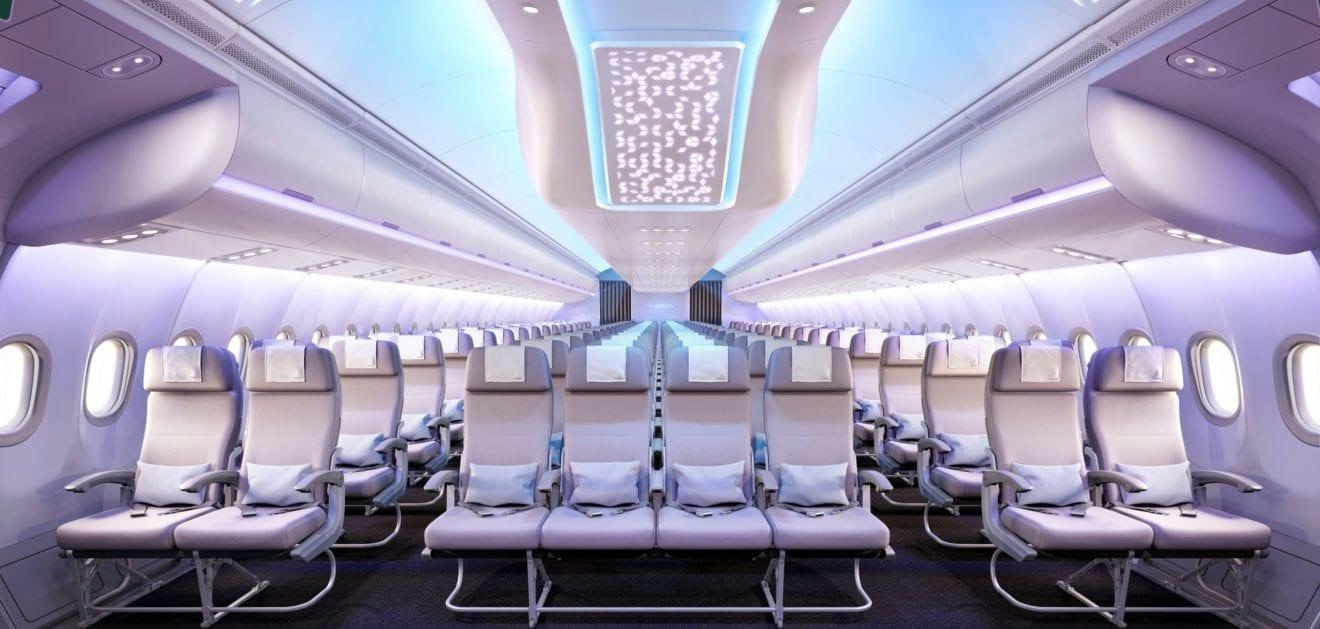
Airbus A330neo: Inside The World’s Most Versatile Widebody Aircraft Ever Built
Airbus A330neo: Inside the World’s Most Versatile Widebody Aircraft Ever Built
The Airbus A330neo represents one of the most advanced and adaptable widebody airliners currently in operation. Developed as an evolution of the original A330 series, the "neo"—an acronym for "new engine option"—features state-of-the-art engines and aerodynamic enhancements. Since its introduction in the mid-2010s, the aircraft has established itself as a significant contender in the global aviation market.
Airbus continues to manufacture the A330neo, having delivered over 150 units to more than 30 operators worldwide. With nearly 500 orders to date, the aircraft’s popularity underscores its appeal to airlines seeking an optimal balance of fuel efficiency, range, and operational versatility. Beyond being a fuel-efficient upgrade, the A330neo enables carriers to serve a diverse array of markets, ranging from long-haul international flights to high-density regional routes.
Origins and Evolution
Airbus’s foray into widebody aircraft began in the early 1970s with the A300, the world’s first twin-engine widebody airliner. In an effort to expand its commercial portfolio, Airbus initiated the development of the A330 in the mid-1970s. This new model retained the wing design of the A300 but incorporated a longer fuselage and more powerful engines, positioning it to compete with contemporaries such as the McDonnell Douglas DC-10 and Lockheed L-1011 TriStar.
By 1982, Airbus had finalized the A330’s specifications, preserving key design elements from the A300 while offering customers engine options from leading manufacturers. The program officially launched in 1987, with the first prototype unveiled in 1992 and entering service with Air Inter in January 1994.
The original A330 series achieved early commercial success, but as market demands evolved and competition intensified—particularly with the Boeing 767-300ER—Airbus introduced the A330-200, a smaller and more cost-effective variant. The 2000s witnessed further diversification of the platform, including freighter versions and the A330 Multi Role Tanker Transport (MRTT) for military applications.
Market Dynamics and Competition
The A330neo operates in a highly competitive environment, facing significant rivalry from Boeing’s 787 Dreamliner and the forthcoming 777X. These competing models have challenged Airbus’s market share, compelling airlines to carefully assess the economic viability of new widebody acquisitions. Market reception to the A330neo has been varied; while some carriers are attracted by its versatility and fuel savings, others remain cautious amid shifting industry economics.
Despite these challenges, the A330neo continues to secure substantial orders. Malaysia Airlines, for instance, recently doubled its commitment to 20 aircraft, reflecting strong confidence in the model’s capabilities and market position. Meanwhile, Boeing remains focused on advancing its own widebody offerings, further intensifying competition within the sector.
The A330neo’s Enduring Appeal
The Airbus A330neo’s combination of advanced technology, operational flexibility, and fuel efficiency has solidified its reputation as a leading widebody aircraft. As airlines adapt to evolving market demands and competitive pressures, the A330neo remains a compelling option for carriers seeking a modern and versatile solution capable of serving a broad spectrum of routes.
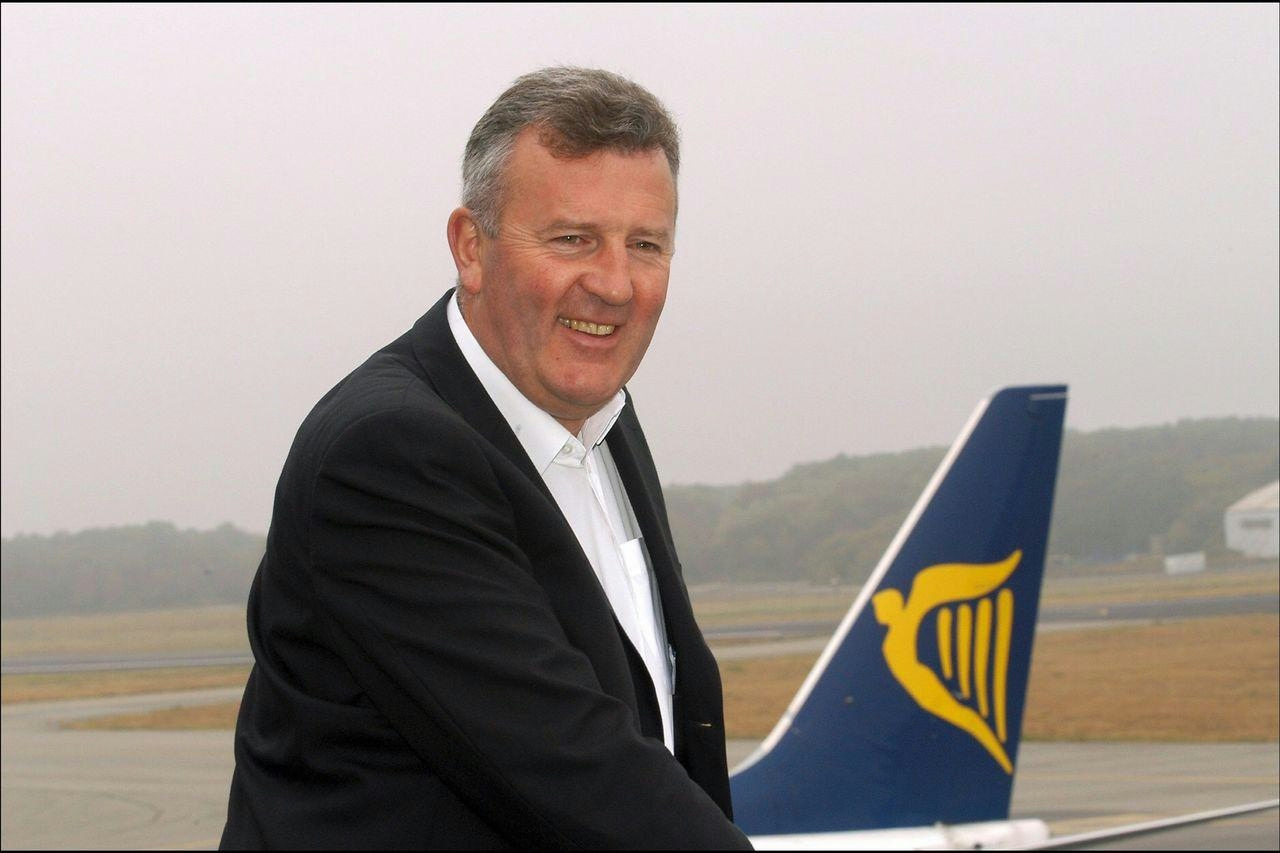
Ryanair Executive Michael Cawley Discusses Technology and AI Strategy
Ryanair Executive Michael Cawley Discusses Technology and AI Strategy
Pragmatic Approach to AI Integration
Michael Cawley, Ryanair’s former chief financial officer and deputy CEO, who currently serves as an independent director, outlined the airline’s measured approach to adopting artificial intelligence (AI) during his address at Phocuswright Europe 2025. Emphasizing Ryanair’s disciplined cost management philosophy, Cawley stressed that the company will resist the allure of AI hype, instead prioritizing efficiency and practical applications. The airline plans to integrate AI across customer service, revenue management, and broader operational functions, maintaining a focus on tangible benefits rather than innovation for its own sake.
Cawley traced this pragmatic mindset back to Ryanair’s early strategy, which was inspired by Southwest Airlines and centered on “relentless execution.” This philosophy continues to shape the airline’s technology investments, with a clear allocation of resources: 20% of the technology budget is dedicated to infrastructure and cybersecurity, 40% to dynamic pricing, and the remaining 40% to business transformation initiatives such as automated check-in systems.
Challenges and Competitive Dynamics
Despite the strategic clarity, Ryanair faces significant challenges in effectively integrating AI. The airline operates in a competitive environment marked by shifting market dynamics and investor skepticism regarding the profitability of AI investments. While some industry stakeholders view AI as essential for maintaining a competitive edge, others caution against overestimating its potential. Investors in travel startups, in particular, emphasize the importance of deploying AI to solve concrete industry problems rather than pursuing technology adoption for its own sake.
Ryanair’s AI strategy is also under close scrutiny from competitors, many of whom are expected to implement similar AI-driven initiatives aimed at enhancing operational efficiency. This trend could intensify competition within the airline industry, potentially sparking a price war as carriers leverage technology to reduce costs and improve customer experience.
Evolving Industry Relationships and Broader Risks
Cawley also addressed Ryanair’s evolving relationship with online travel agencies (OTAs). After years of strained interactions, the airline has recently reached agreements with several major OTAs, though it remains focused on encouraging direct bookings. “We never hated OTAs. We hated their behavior,” Cawley remarked, highlighting Ryanair’s determination to maintain control over its customer relationships.
The discussion further touched on the difficulties legacy carriers face when attempting to launch low-cost subsidiaries, as well as the broader risks posed by political interference. Cawley identified political interference as one of the most significant threats confronting the aviation sector today.
As Ryanair advances its AI adoption strategy, its leadership remains committed to a cautious, results-oriented approach that balances technological progress with the airline’s enduring emphasis on cost discipline and operational excellence.
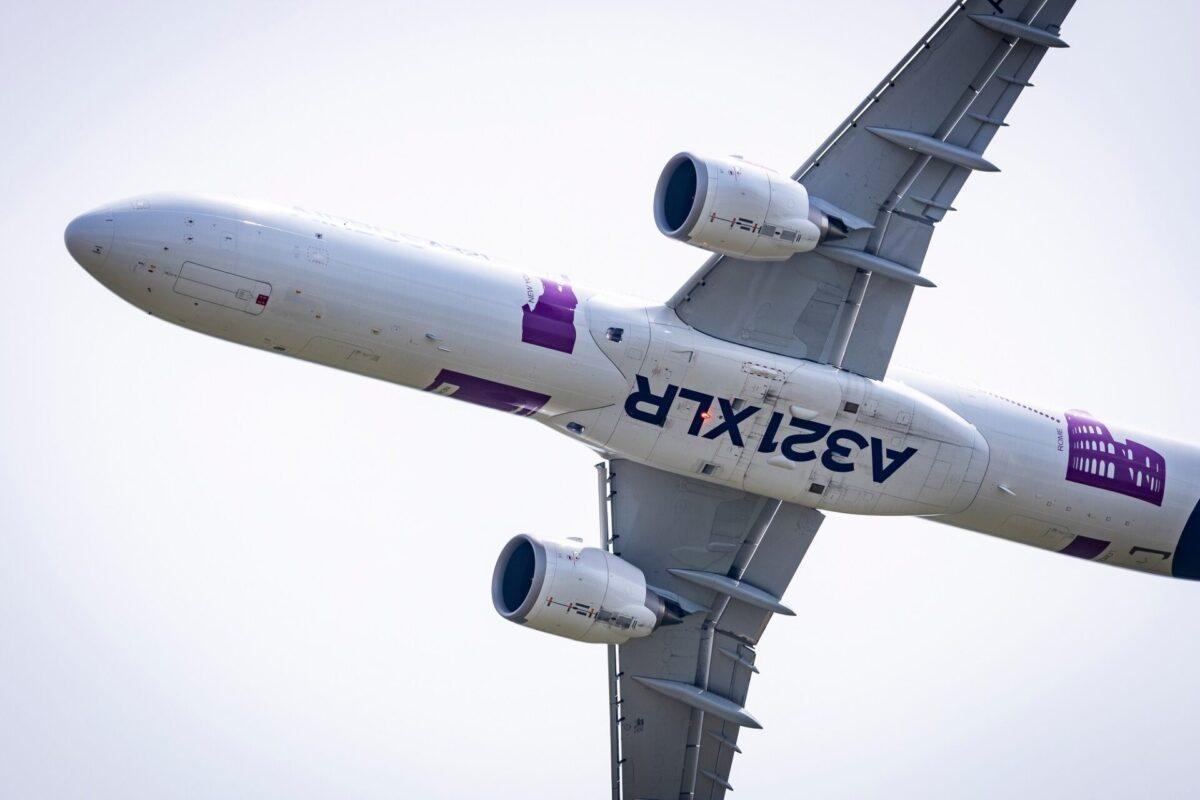
IndiGo A321XLR Delivery Timeline and Potential New Routes
IndiGo’s A321XLR Delivery Timeline and Expansion Strategy
India’s largest low-cost carrier, IndiGo Airlines, is preparing to receive its first Airbus A321XLR aircraft, now anticipated in December 2025. This new addition to the fleet is expected to significantly extend the airline’s international reach, enabling direct flights on longer routes that were previously inaccessible with its narrow-body aircraft. However, industry-wide production and supply chain disruptions pose risks to the delivery schedule, potentially affecting IndiGo’s ambitious global expansion plans.
The A321XLR, boasting a range of approximately 8,700 kilometers, will allow IndiGo to operate nonstop flights from major Indian hubs such as Delhi, Mumbai, and Hyderabad to destinations including Seoul, Athens, and Nairobi. These routes are central to the airline’s growth strategy through 2030, as it currently operates over 2,200 daily flights to more than 140 destinations across Asia, Europe, and Africa. IndiGo has placed an order for 69 A321XLRs, aiming to strengthen its presence in Europe, Northeast Asia, and East Africa.
CEO Pieter Elbers has described the A321XLR as a critical link between the airline’s existing A321neo fleet and its forthcoming long-haul Airbus A350 services, scheduled to commence in 2027. The extended range of the XLR model, which adds up to two hours of additional flying time, will open new markets such as Denpasar, Athens, and Nairobi, while reinforcing IndiGo’s foothold in established international sectors.
Challenges and Competitive Landscape
Despite these promising developments, IndiGo faces significant challenges. Delays in aircraft production and supply chains threaten to slow the introduction of the A321XLR, potentially postponing the launch of new long-haul routes and the planned rollout of business class services. These uncertainties have elicited mixed responses from investors, with some expressing concern over the impact on the airline’s expansion timeline, while others remain confident in IndiGo’s long-term growth prospects.
Competition is intensifying, notably from carriers such as Aegean Airlines, which is reportedly considering India for its initial A321LR routes. This emerging rivalry could affect key markets that IndiGo is targeting with its expanded fleet.
In response, IndiGo is advancing a multi-hub strategy designed to optimize fleet utilization and operational efficiency. Mumbai is positioned as the gateway to West Asia, Delhi will focus on Central Asia, and Hyderabad will support niche domestic and regional routes. This approach is intended to sustain and enhance the airline’s long-haul services.
To further strengthen its international network, IndiGo has established partnerships with major global airlines including Delta, Air France-KLM, Virgin Atlantic, and Japan Airlines. These alliances, facilitated through codeshare agreements, will extend IndiGo’s connectivity to over 30 cities across Europe and North America. Additionally, the airline has increased its order for wide-body Airbus A350s and plans to introduce Boeing 787 aircraft, diversifying its fleet and enabling direct service to high-demand long-haul destinations.
Leveraging India’s strategic geographic location—where 65% of the world’s population is within a five to six-hour flight—IndiGo aims to reduce dependence on foreign hubs and develop a self-reliant medium- and long-haul network. While supply chain delays present tangible obstacles, the airline remains focused on transforming its international connectivity and establishing itself as a globally competitive carrier.

Airlines are now adopting personalized pricing. Here’s how to avoid it
Airlines Embrace Personalized Pricing Amid Growing Concerns
Delta Air Lines recently announced plans to expand its use of artificial intelligence (AI) to offer individualized pricing to customers, a development that has ignited debate among travelers, lawmakers, and consumer advocates. This move is part of a broader trend across various industries, including finance and online gaming, where personalized pricing—charging different customers different prices for the same product—is becoming increasingly prevalent.
The rationale behind personalized pricing is straightforward: it allows companies to maximize profits by charging higher prices to those willing to pay more, while offering discounts to more price-sensitive consumers. Much like tailored clothing, prices can be adjusted to fit each individual’s willingness and ability to pay. However, this practice raises significant ethical and privacy concerns. Critics argue that AI-driven pricing models often operate without transparency and may disproportionately disadvantage financially vulnerable consumers. Lawmakers and consumer groups have expressed unease over the fairness of using personal data to determine fares, warning of potential misuse of sensitive information.
The Evolution and Implications of Personalized Pricing
While personalized pricing may seem novel, the concept itself is not new. Historically, prices were often negotiated face-to-face, with the final amount influenced by the bargaining skills and circumstances of both buyer and seller. An old anecdote captures this dynamic: when a wealthy man questions the high price of eggs at a restaurant, the owner replies, “Eggs are plentiful, but very rich men are quite rare.” Even today, industries such as automobile sales routinely engage in price negotiation, a practice economists refer to as “first-degree” or “perfect” price discrimination.
What distinguishes the current wave of personalized pricing is the scale and sophistication enabled by AI technologies. Airlines now have the capacity to analyze vast amounts of personal data—including browsing history, geographic location, and purchasing behavior—to dynamically adjust fares in real time. This capability has elicited mixed reactions. Some consumers express concern over the opacity of pricing algorithms and the risk of unfair treatment, while others appreciate the possibility of securing lower prices if they are more price-sensitive.
The airline industry is closely monitoring these developments. While some carriers may adopt similar AI-driven pricing strategies to remain competitive, others might eschew personalized pricing in favor of preserving customer trust and transparency.
Strategies to Mitigate Personalized Pricing
Consumers seeking to avoid personalized pricing can take several practical steps. Clearing cookies and browsing history before searching for flights can reduce the data available for profiling. Utilizing private or incognito browsing modes helps limit tracking, while comparing prices across different devices and browsers may reveal discrepancies. Employing virtual private networks (VPNs) to simulate different locations can also uncover fare variations. Additionally, booking flights early and monitoring prices over time can help consumers avoid last-minute AI-driven price adjustments.
As AI-powered personalized pricing becomes more widespread across airlines and other sectors, it is increasingly important for consumers to remain informed and vigilant. Understanding how these pricing systems operate and taking proactive measures to protect personal data can help ensure fairer outcomes in the marketplace.
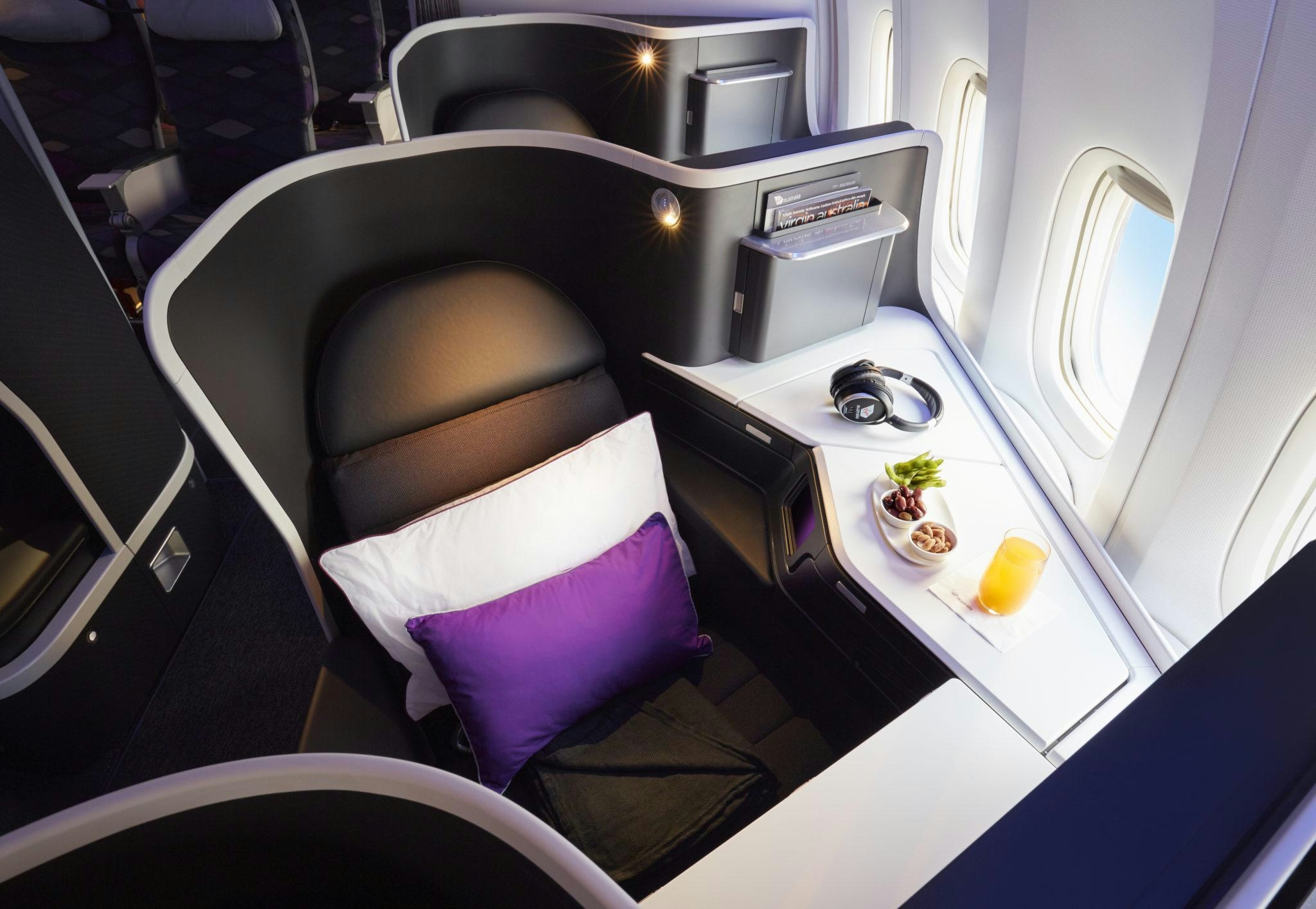
Virgin Australia Considers Ordering Widebody Aircraft
Virgin Australia Weighs Return to Widebody Aircraft Amid Strategic Expansion
Virgin Australia is contemplating the reintroduction of widebody aircraft to its fleet, though any definitive decision remains several years away, according to Chief Executive Officer Dave Emerson. The Brisbane-based carrier is carefully evaluating the long-term business case for widebody, long-haul operations, reflecting a measured approach to growth amid shifting market conditions and operational complexities.
Current Operations and Partnership with Qatar Airways
At present, Virgin Australia operates long-haul international routes through a partnership with Qatar Airways, which holds a 25% stake in the airline. Under this arrangement, Qatar Airways wet-leases Boeing 777-300ER aircraft to operate direct flights from Brisbane, Perth, and Sydney to Doha’s Hamad International Airport, with Melbourne scheduled to join the network in December. This collaboration has allowed Virgin to gauge the viability of long-haul services without committing to the substantial capital investment required for its own widebody fleet.
Historically, Virgin Australia operated Airbus A330 and Boeing 777 aircraft on long-haul routes to destinations including Abu Dhabi, Phuket, Hong Kong, Johannesburg, and Los Angeles. However, the onset of the COVID-19 pandemic compelled the airline to scale back its international operations, leaving it with a predominantly narrow-body, short-haul fleet.
The current five-year agreement with Qatar Airways provides Virgin with the opportunity to assess demand and operational performance on these long-haul routes. The airline is also exploring the possibility of transitioning from wet-leases—which encompass aircraft, crew, maintenance, and insurance—to dry-leases, which would grant Virgin greater operational control but also increase its responsibilities. Any decision to acquire its own widebody aircraft would necessitate a compelling investment rationale, given the significant capital costs, integration challenges, and potential regulatory considerations involved.
Market Context and Fleet Renewal
Market responses to Virgin Australia’s potential widebody acquisition have been mixed. Investors remain attentive to the airline’s financial sustainability, particularly as competitors such as AirAsia reportedly approach major Airbus orders. Rival carriers may respond by expanding their fleets or enhancing service offerings to protect market share, thereby intensifying competitive pressures within the region.
Domestically, Virgin Australia is preparing to meet robust local demand by taking delivery of 16 additional aircraft between July 2025 and June 2026. This fleet expansion includes 12 Boeing 737 MAX 8s and four Embraer 190s, the latter intended to replace aging Fokker 100s in the regional segment.
Virgin’s recent initial public offering, which saw Bain Capital reduce its stake to 40%, has established a new ownership structure designed to support the airline’s growth and fleet renewal strategy. CEO Emerson has underscored the airline’s healthy balance sheet, noting that it generates sufficient income to fund its expansion plans.
As Virgin Australia deliberates its next steps, the airline remains committed to prudent growth, leveraging strategic partnerships and comprehensive market analysis to guide its future fleet decisions. The performance and outcomes of its current long-haul operations with Qatar Airways will be pivotal in determining whether widebody aircraft will once again become a permanent component of its fleet.
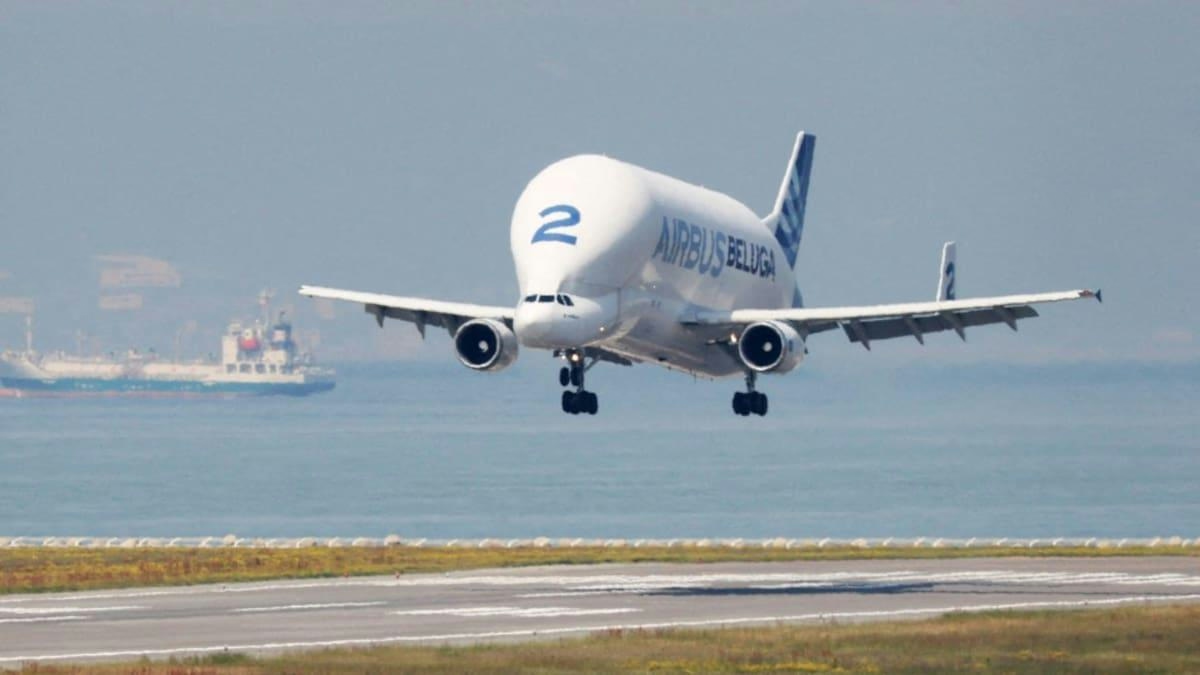
Airbus First-Half Profit Rises 85% Amid Toilet Shortage Backlog
Airbus First-Half Profit Rises 85% Amid Supply Chain Challenges
Airbus has reported a remarkable 85% increase in first-half profits, reaching €1.5 billion, a significant recovery from the 46% decline experienced in the same period last year. This robust financial performance was largely driven by strong results in the company’s defense and helicopter divisions, despite ongoing supply chain disruptions. Notably, Airbus continues to contend with an unusual backlog caused by a shortage of aircraft toilets, highlighting the fragility of its production processes.
Operating profit, a key indicator of the company’s underlying business health, rose by 11% to €1.6 billion. Airbus reaffirmed its full-year delivery target of 820 commercial aircraft for 2024, signaling confidence in its production capabilities. The company is also nearing the completion of an acquisition deal involving assets from Spirit AeroSystems, a strategic move expected to enhance its position within the aerospace sector.
Supply Chain Bottlenecks and Political Developments
Airbus CEO Guillaume Faury welcomed the recent political agreement between the European Union and the United States to restore a zero-tariff regime on civil aircraft, describing it as “a welcome development for our industry.” Earlier in the year, Airbus had already felt the impact of 10% tariffs imposed by the US, but the new agreement has generated cautious optimism within the company.
Despite these positive developments, Airbus continues to face significant production bottlenecks. As of the end of June, 60 aircraft remained undelivered due to engine shortages from suppliers CFM International—a joint venture between Safran and General Electric—and Pratt & Whitney. Faury expressed confidence in meeting delivery targets, noting that aside from these engine delays, production progress is substantially ahead compared to previous years.
An unexpected supply chain issue has also emerged in the form of a shortage of toilets for wide-body jets, particularly the A350 model. Christian Scherer, Airbus’ director of commercial aircraft, emphasized the critical nature of this component, stating, “You can’t really build an airplane without a toilet,” underscoring how even minor parts can disrupt complex manufacturing schedules.
Workforce and Future Outlook
Last year’s half-year net profit had been adversely affected by expenses related to Airbus’ space activities, which led to announced job cuts within its defense and space divisions. The company currently employs approximately 157,000 people, with around 97,000 in commercial aircraft, 23,000 in helicopters, and 36,500 in space and defense.
Looking ahead, Airbus has maintained its 2025 forecast, targeting an adjusted operating profit of roughly €7 billion. The company remains alert to competitive pressures, particularly from Boeing, which recently reported a narrower second-quarter loss of US$697 million after increasing its aircraft deliveries. Boeing is described as being in a “stabilisation phase” following a series of challenges.
Market response to Airbus’s strong financial results has been positive. However, ongoing supply chain issues, especially the toilet shortage, present potential obstacles as the company strives to meet its ambitious delivery goals for the year.
Ask AeroGenie